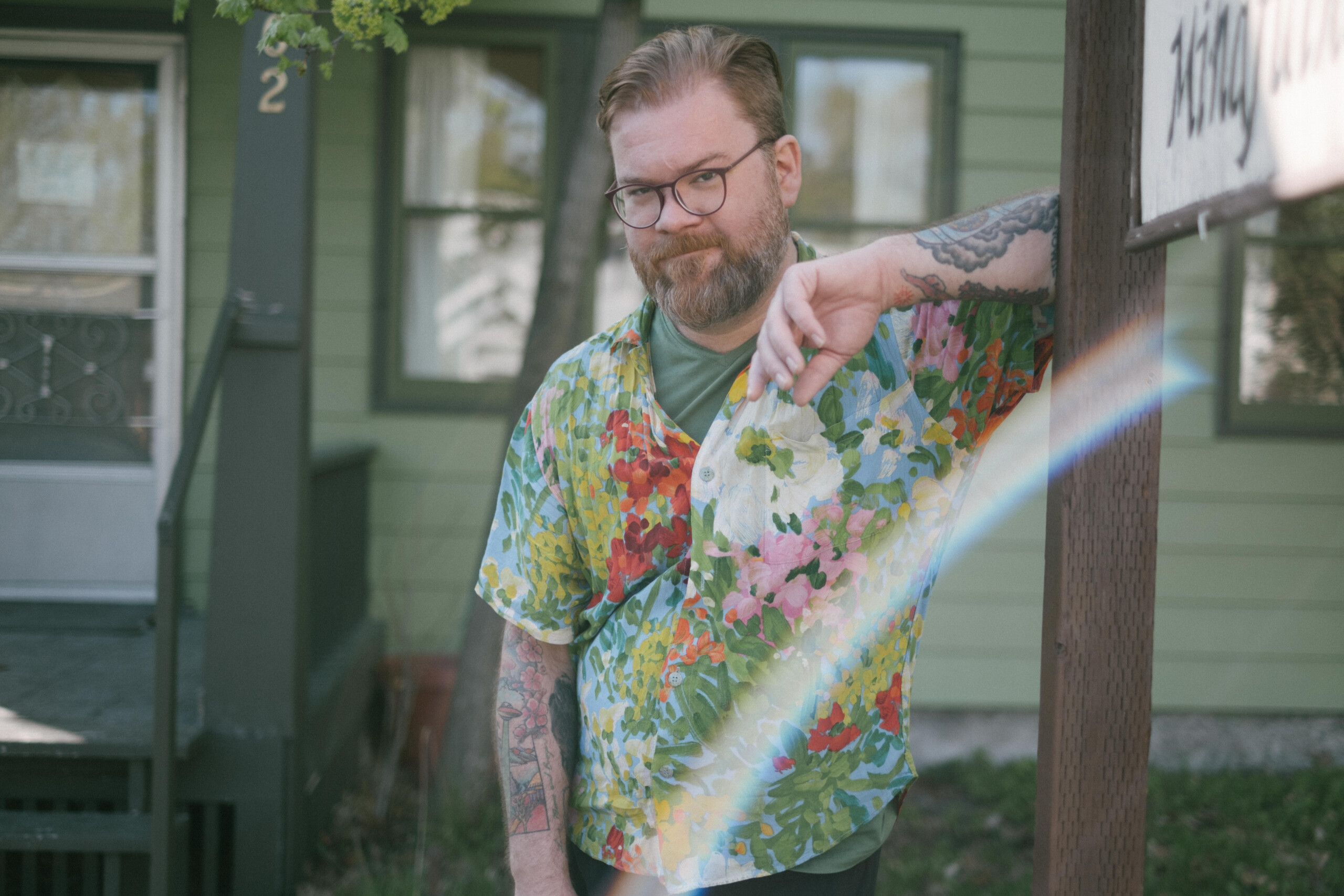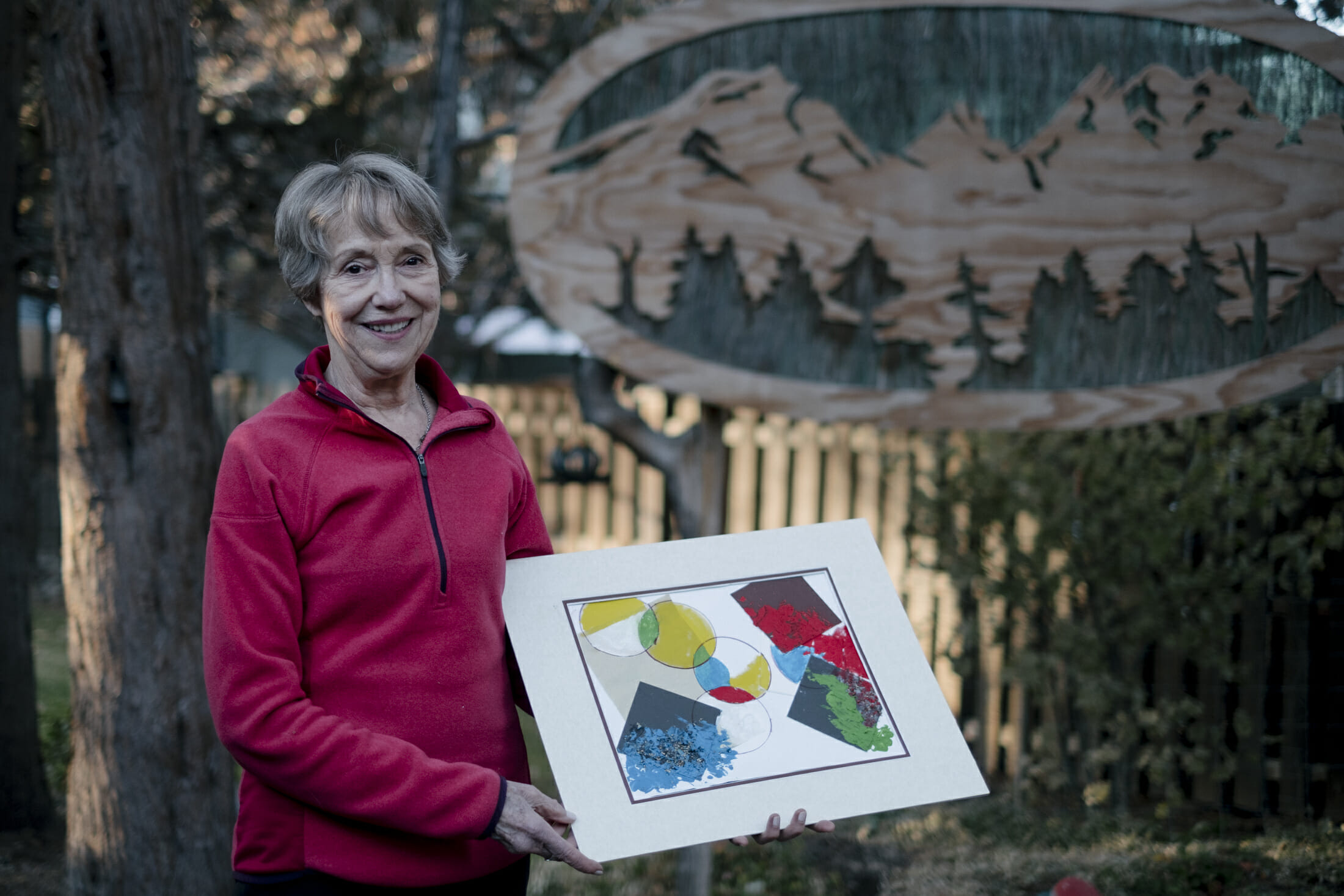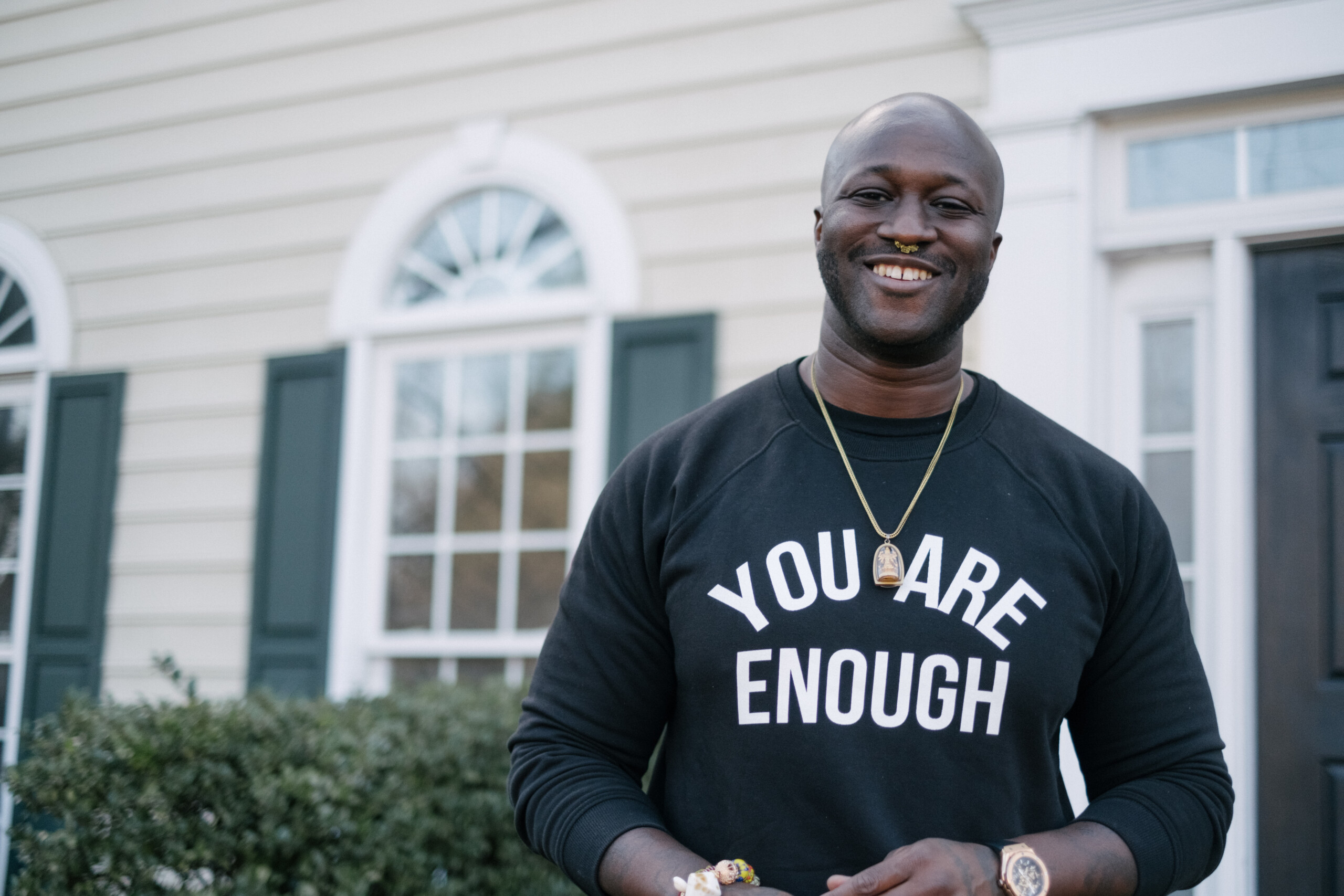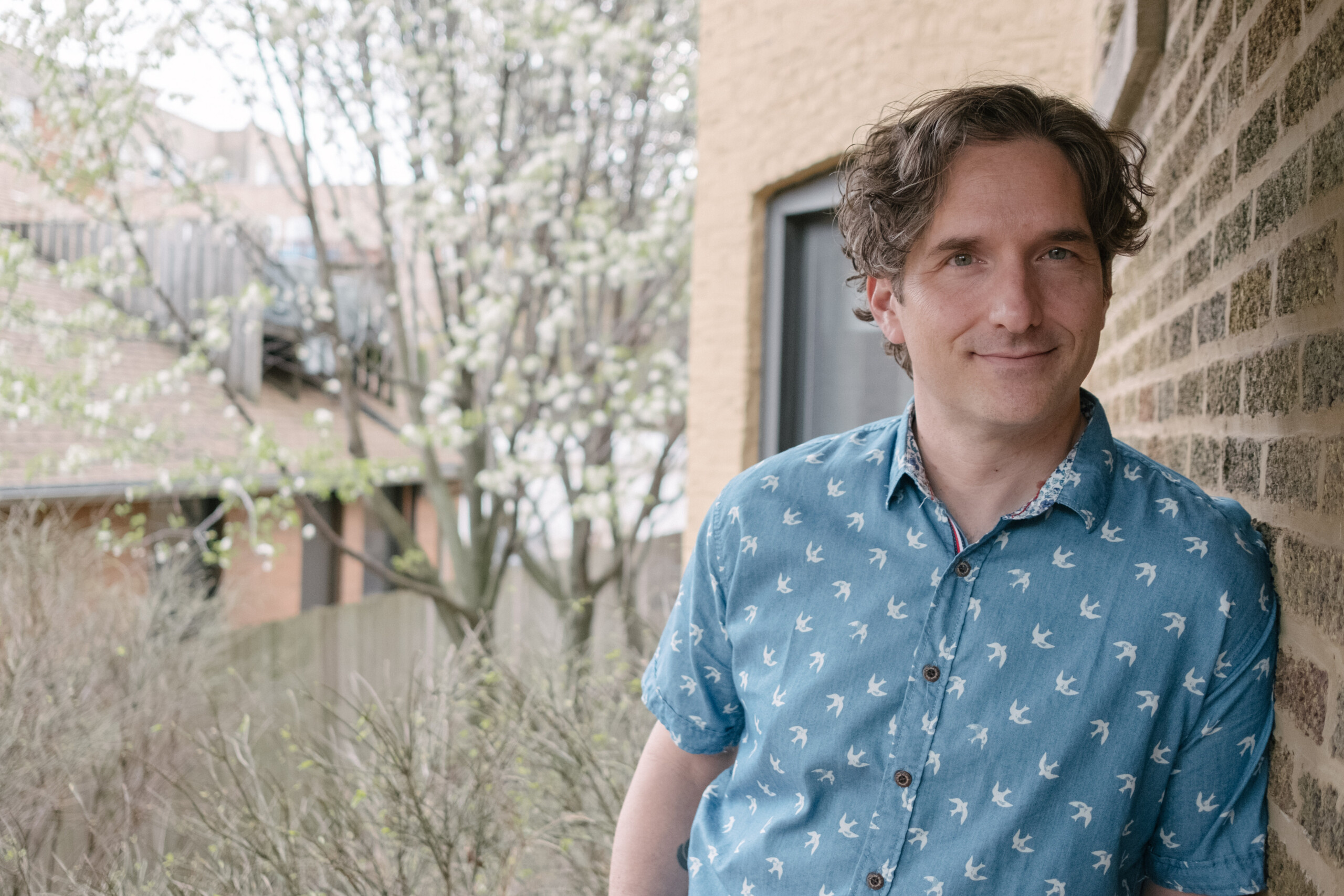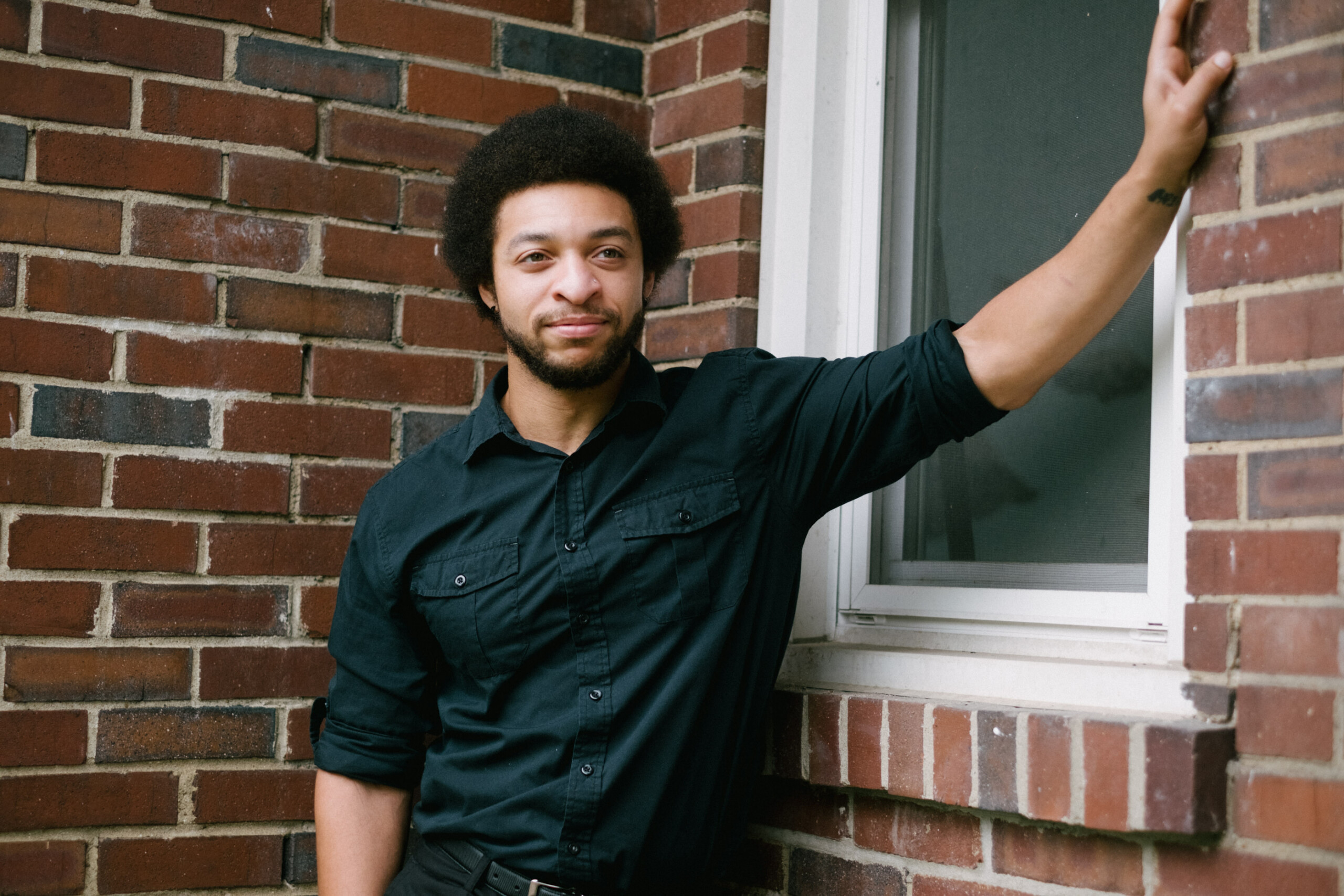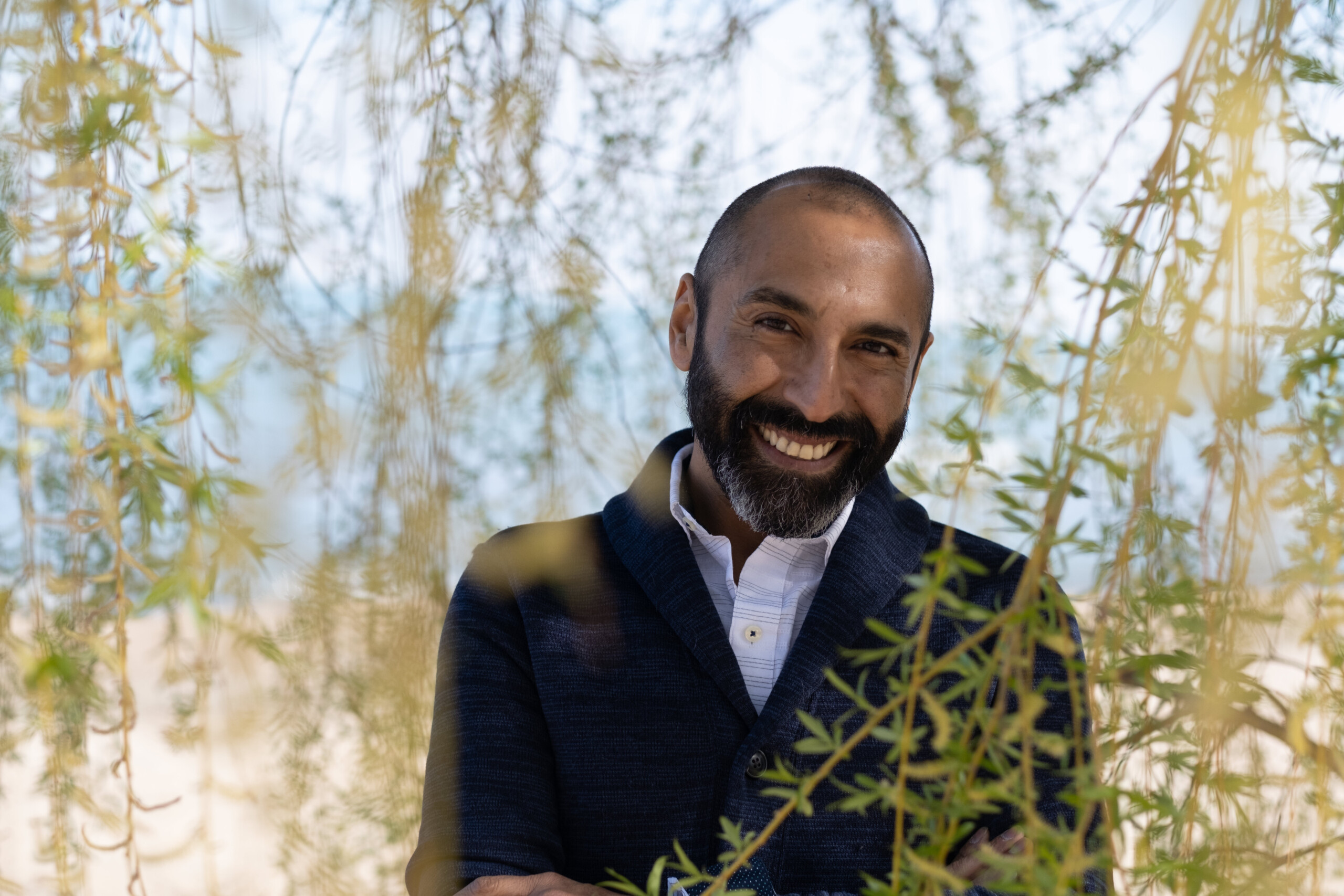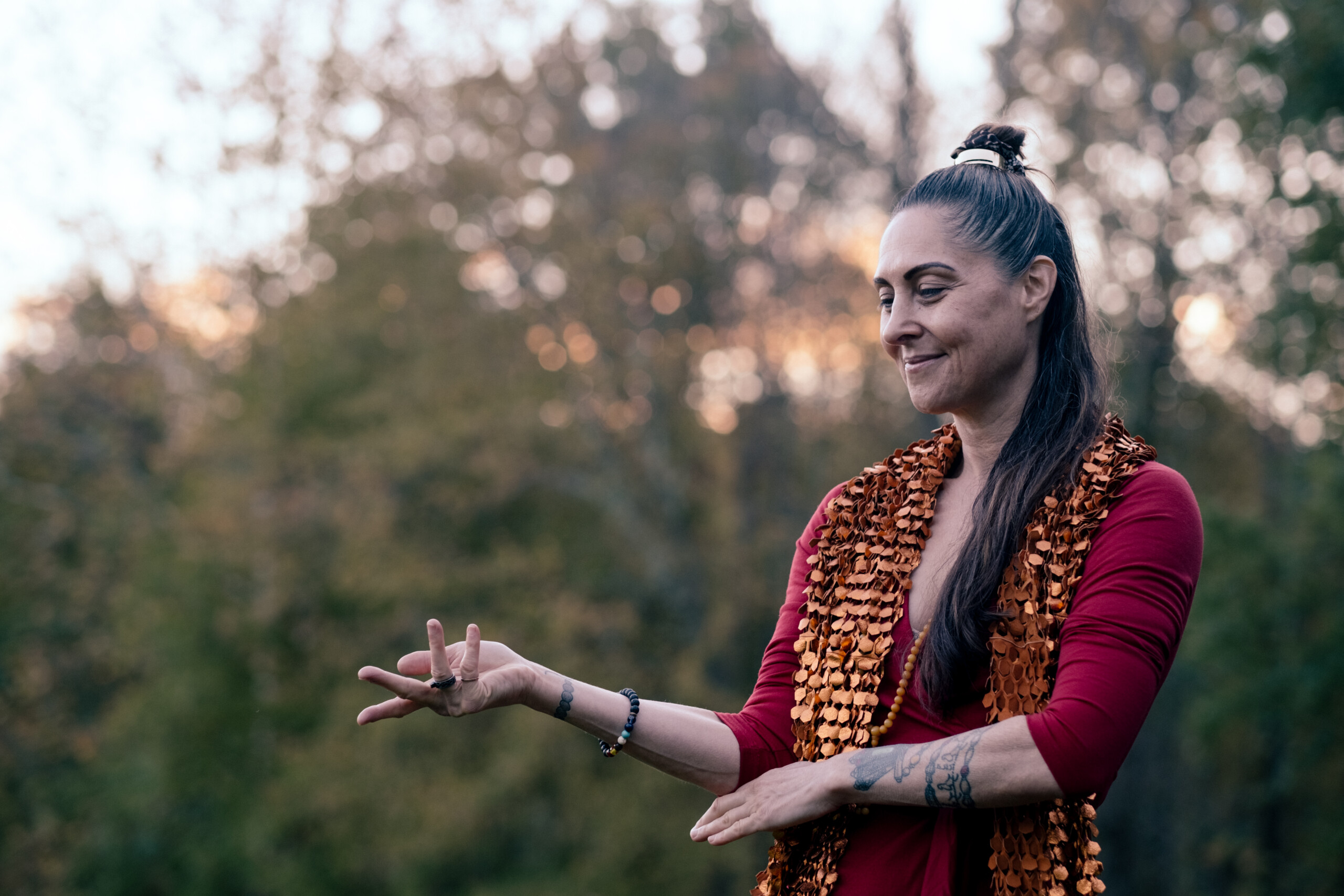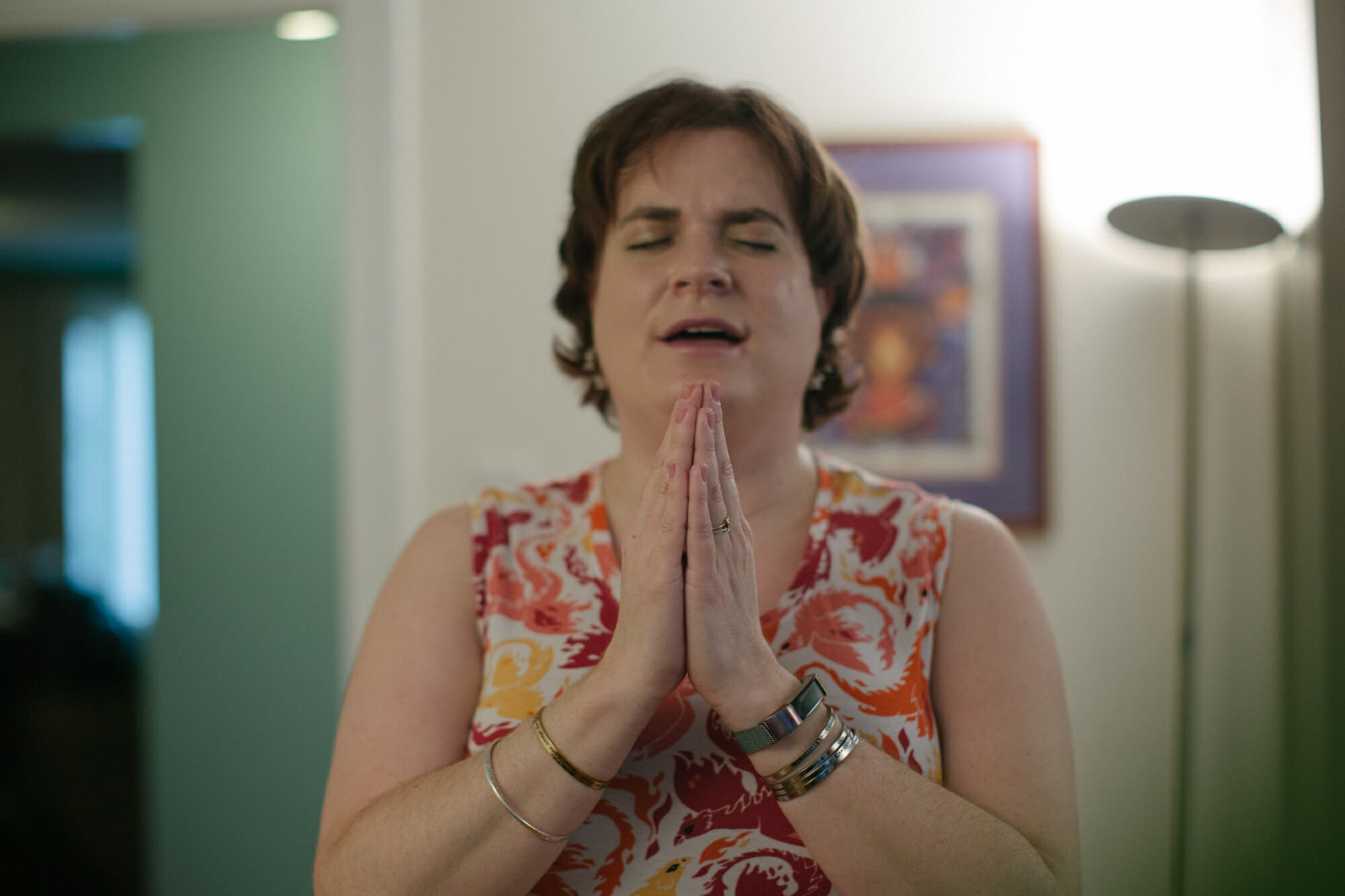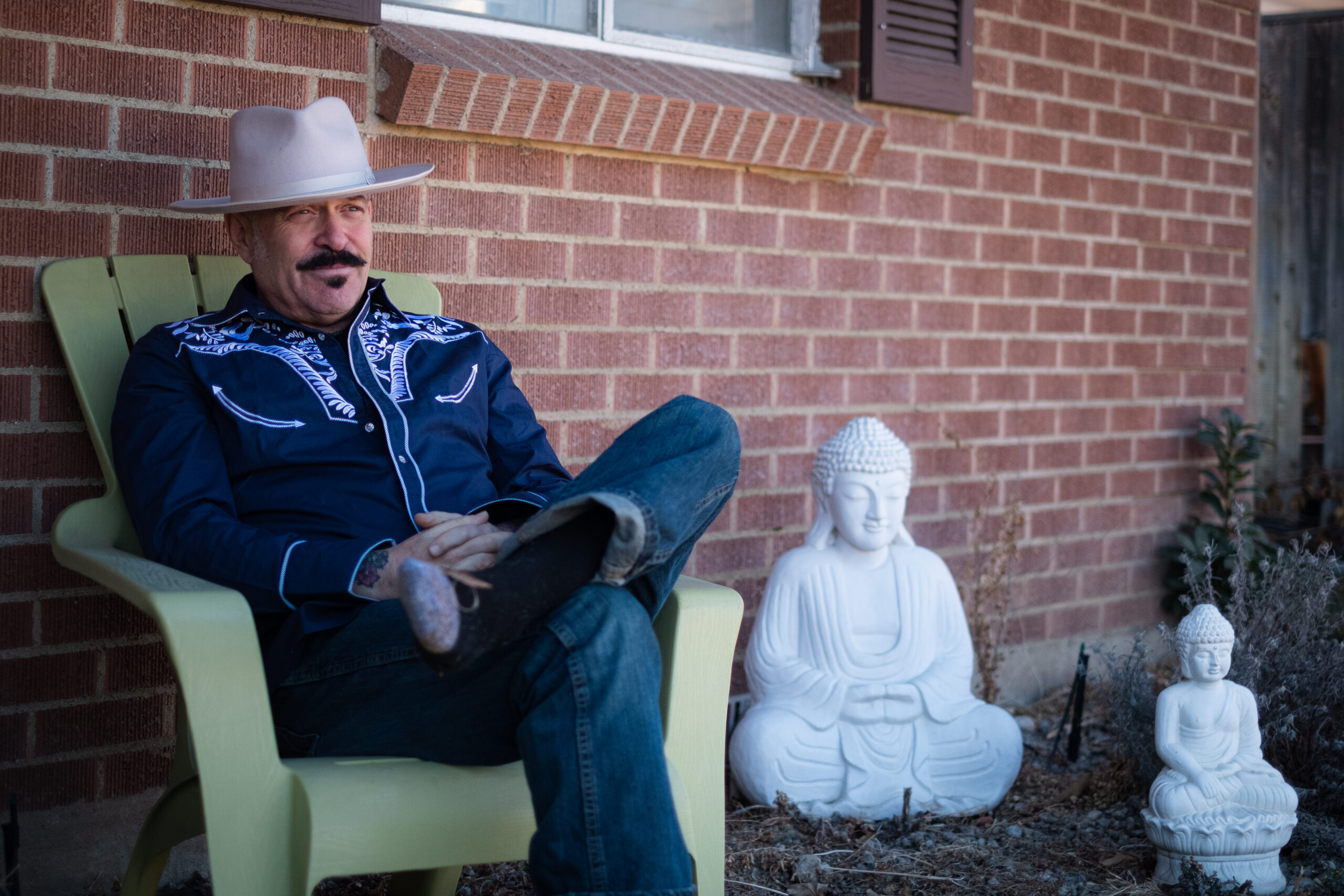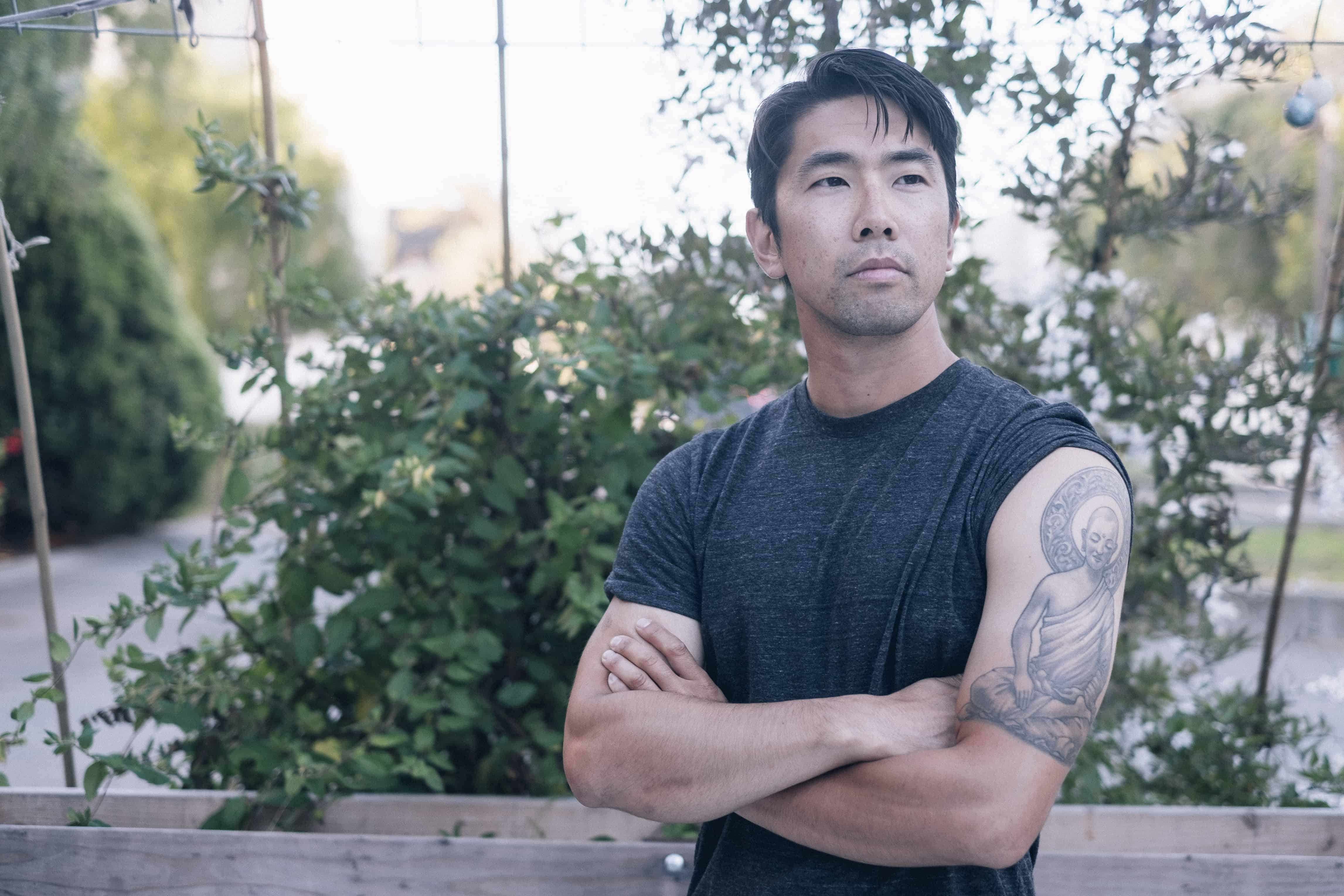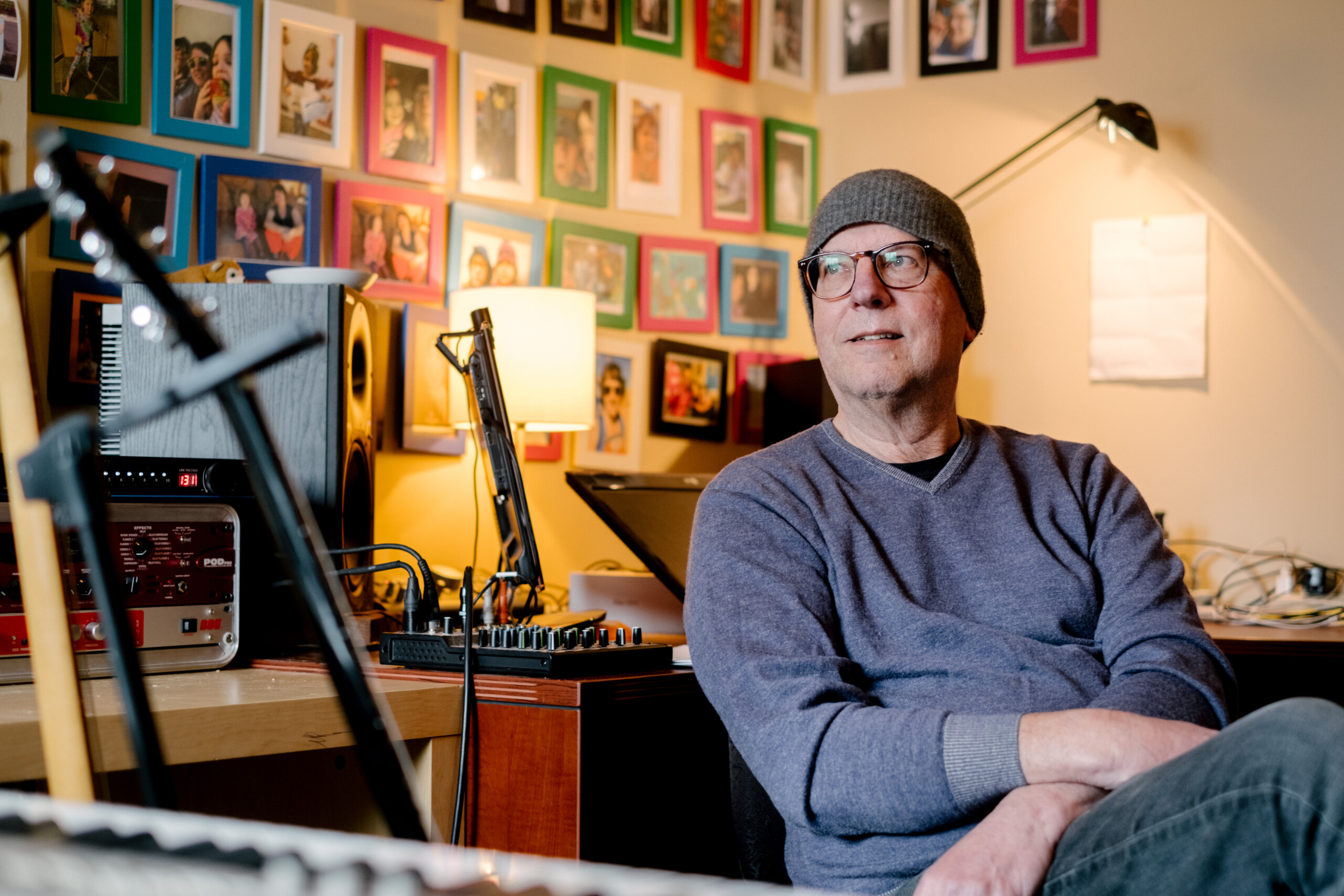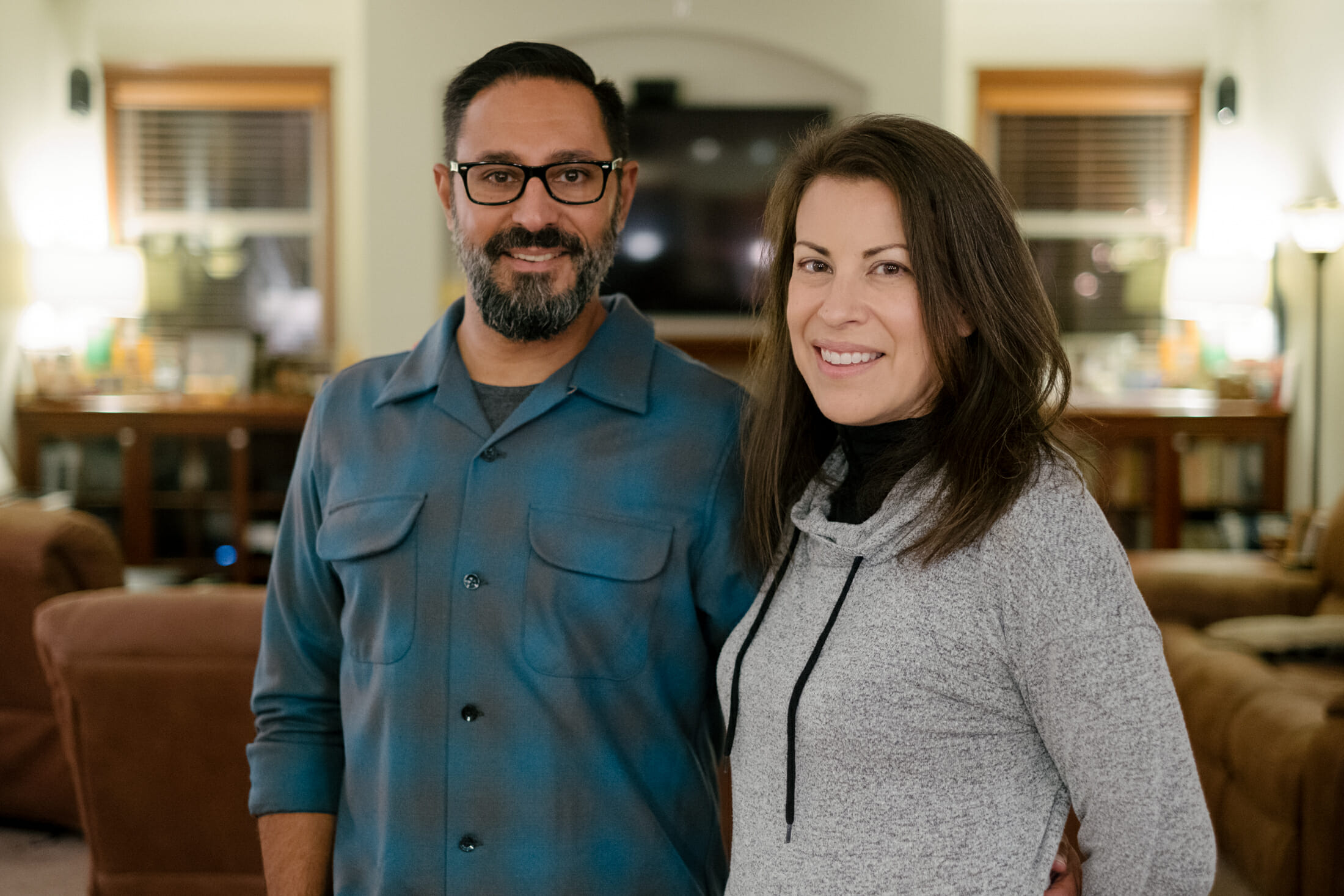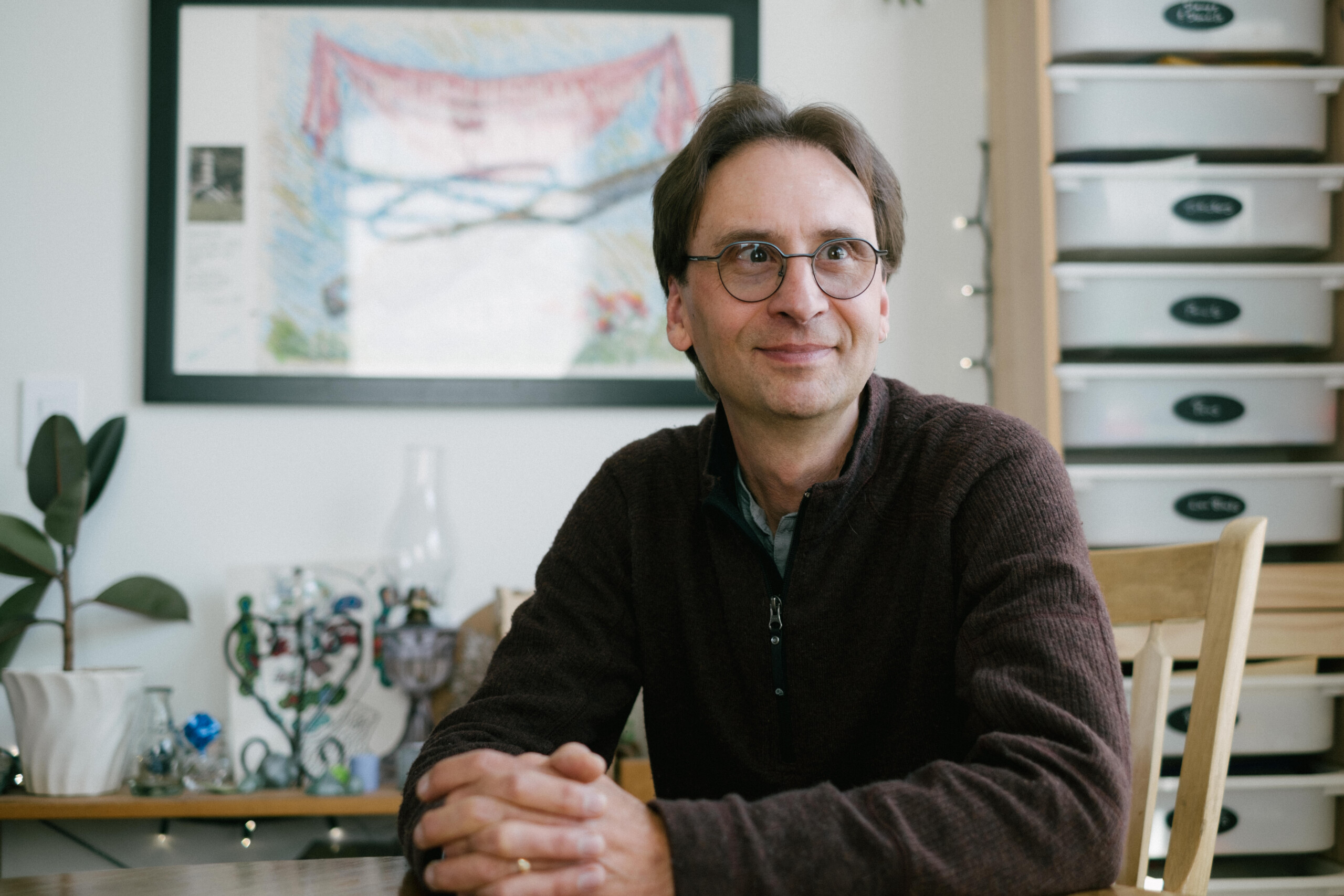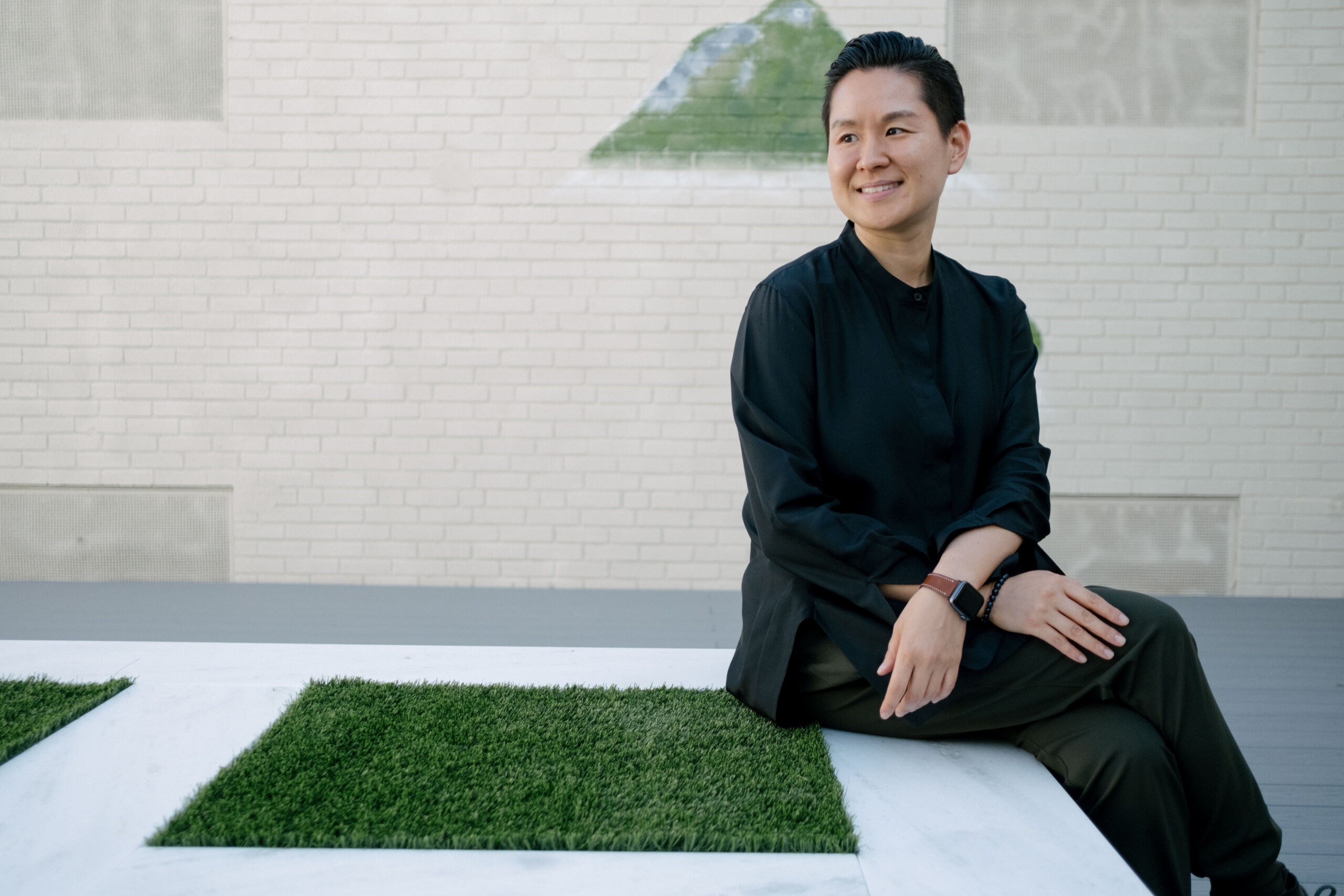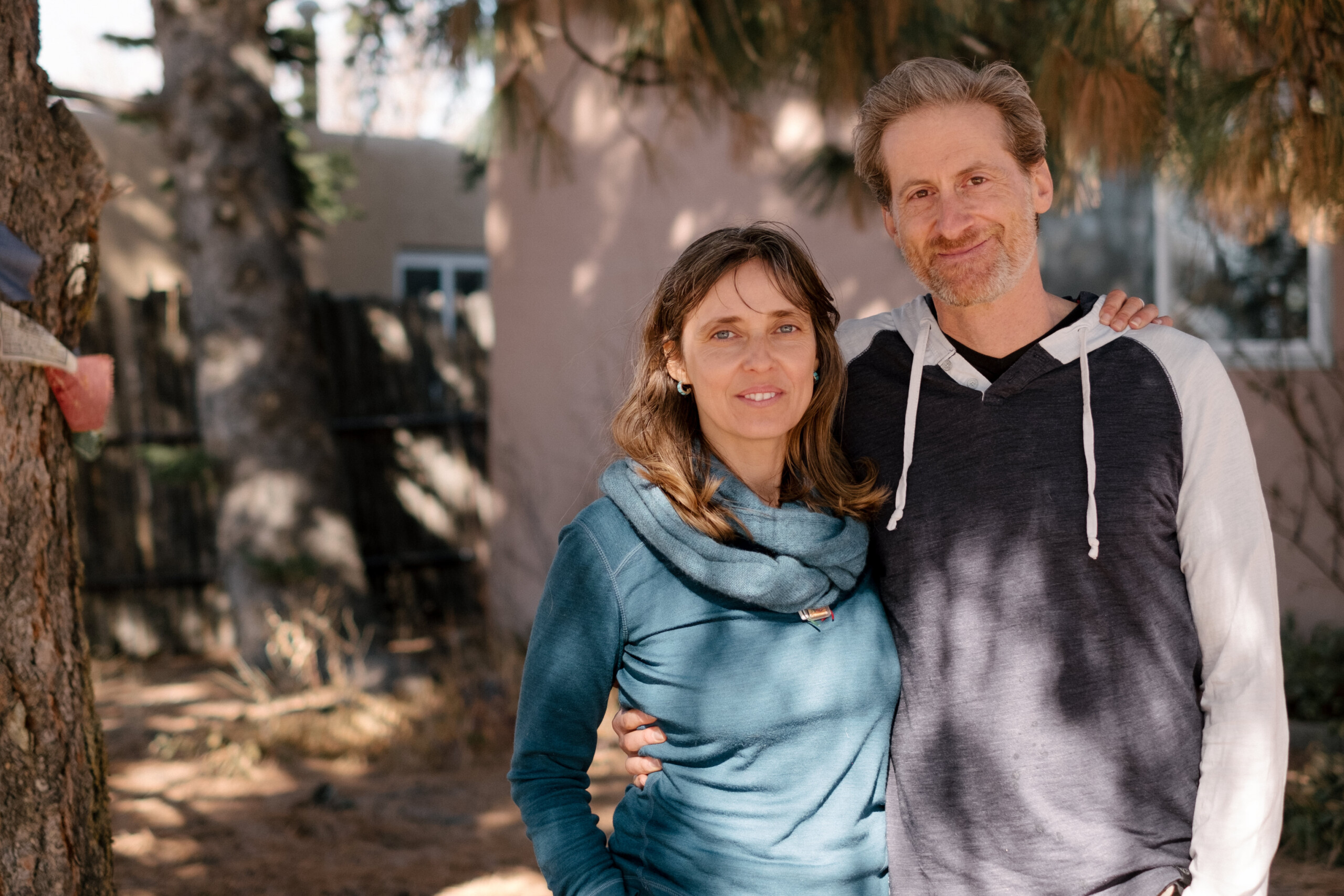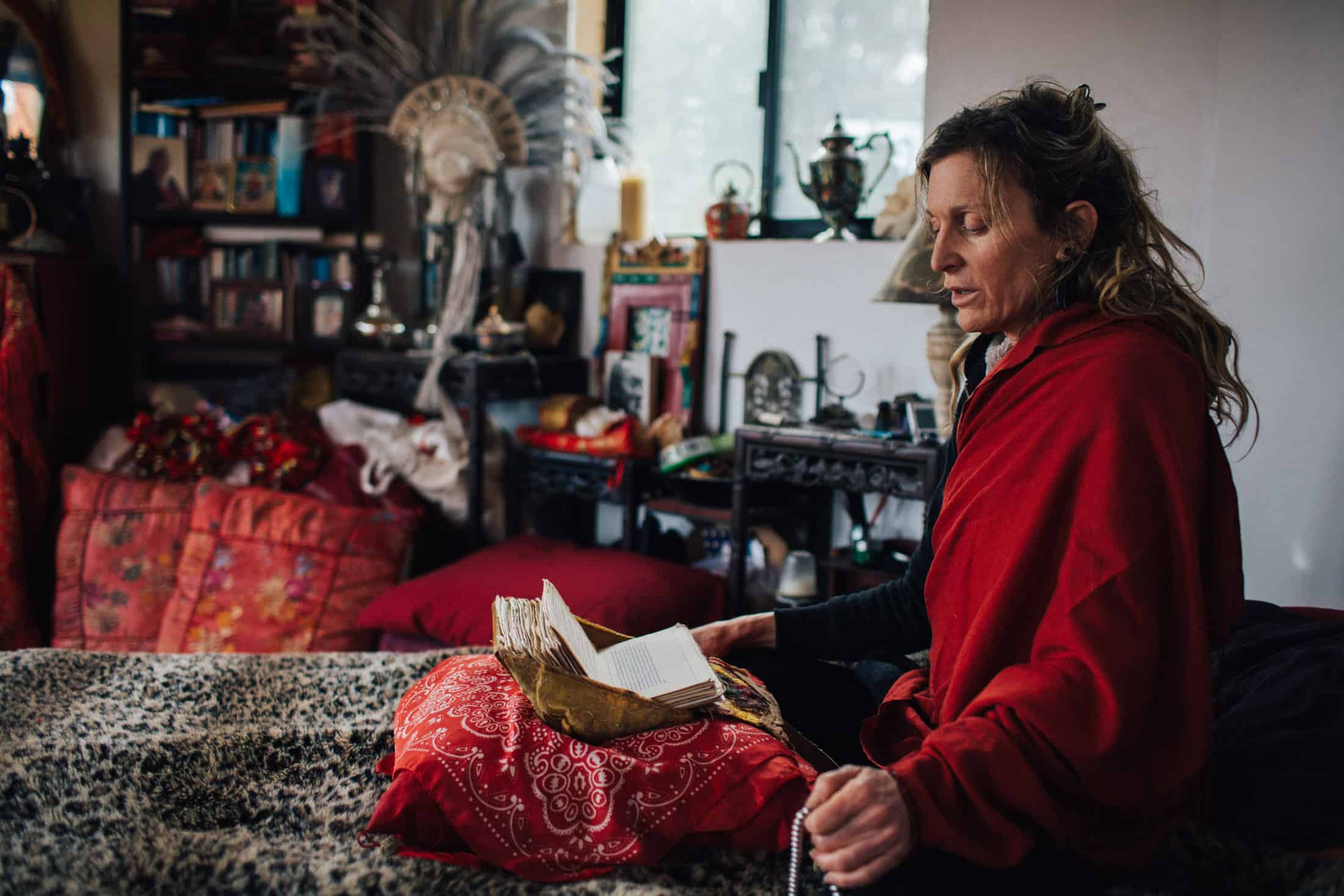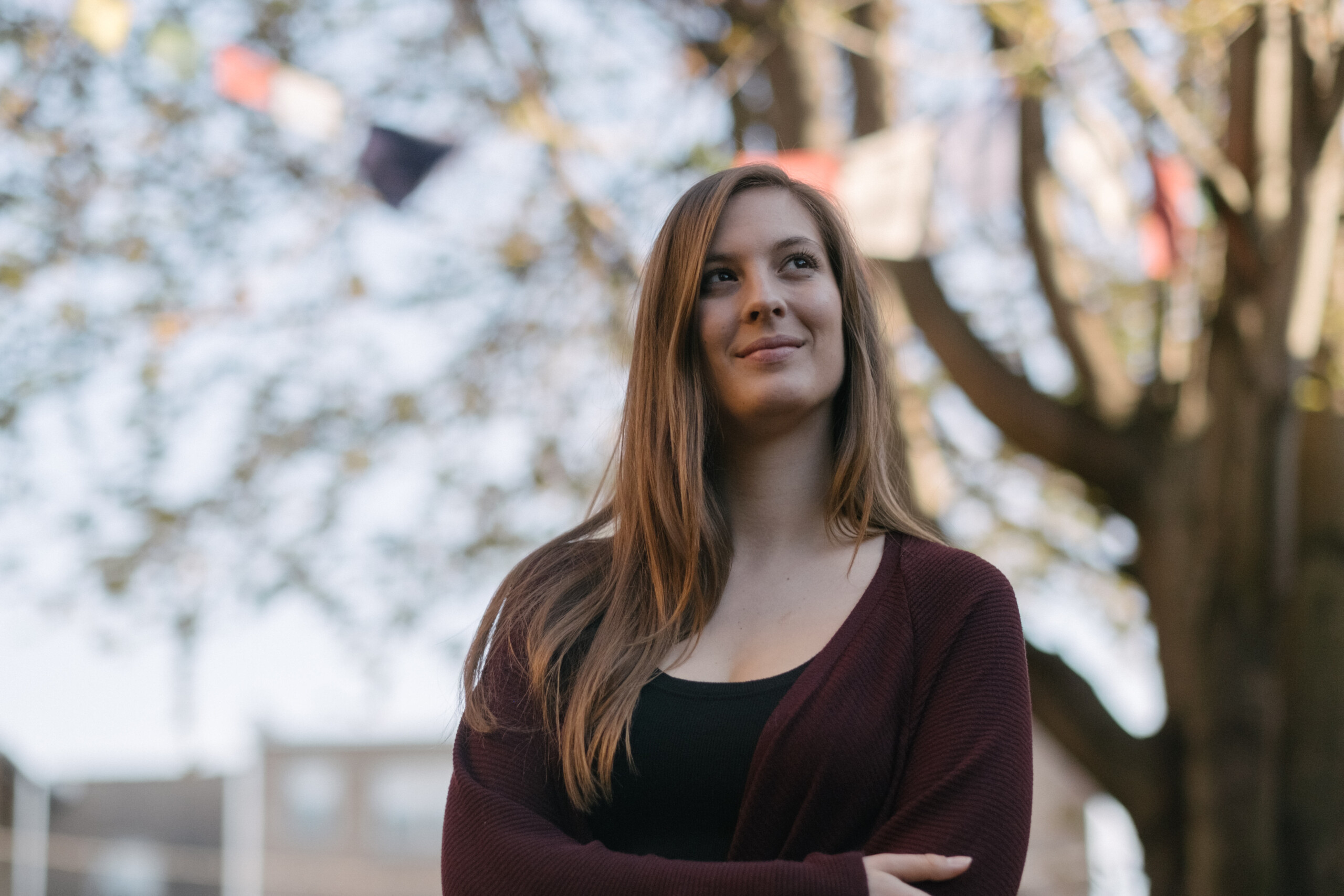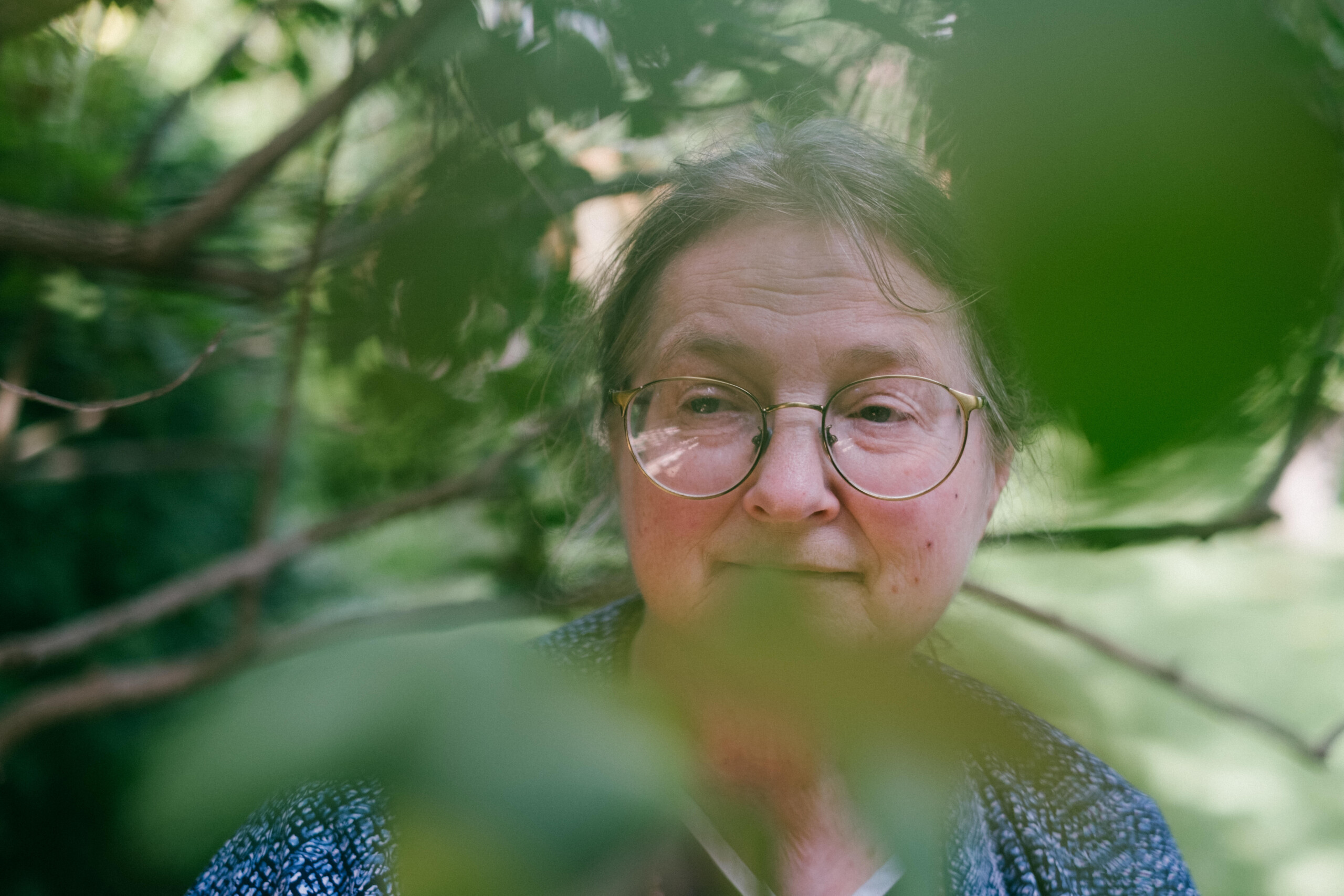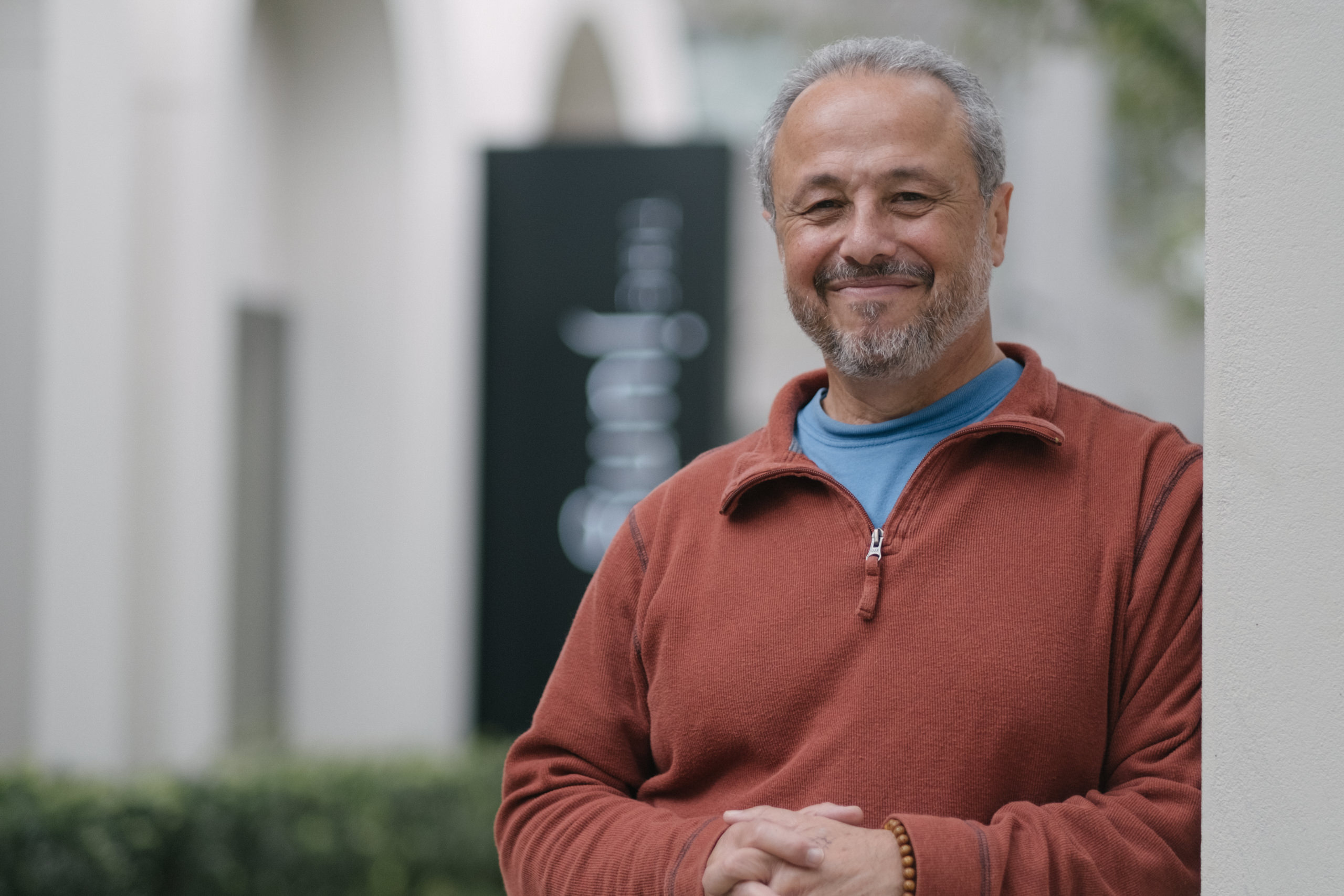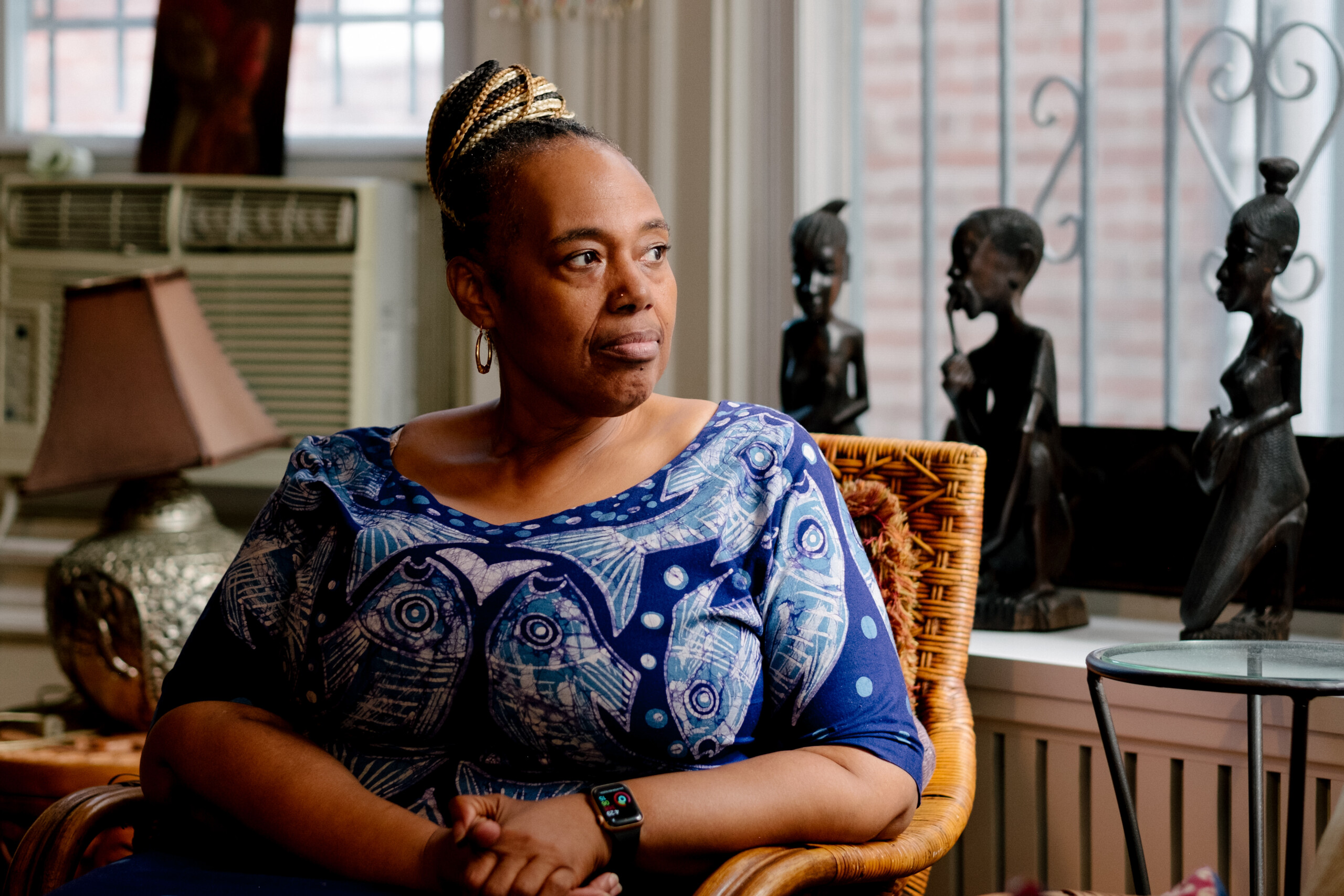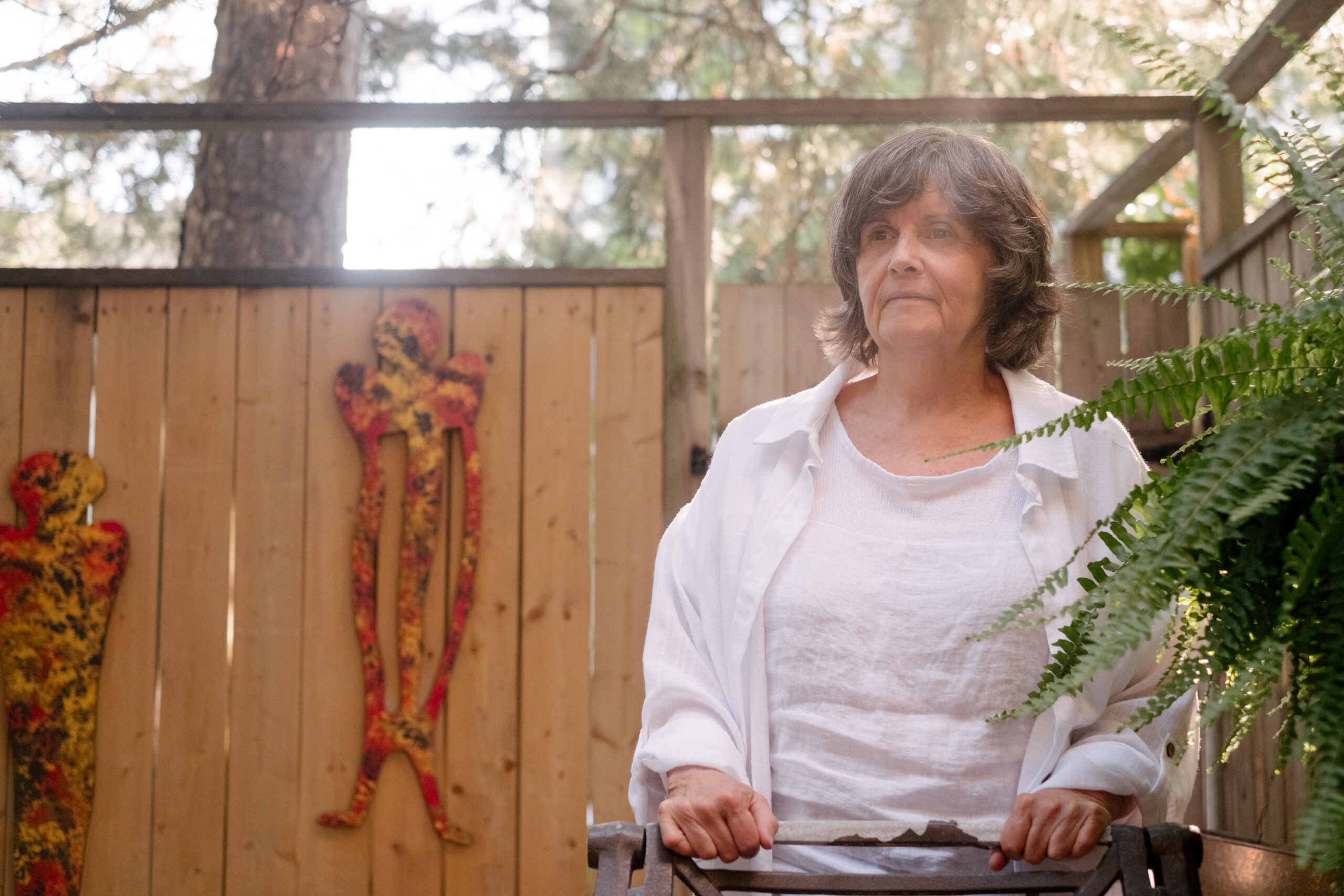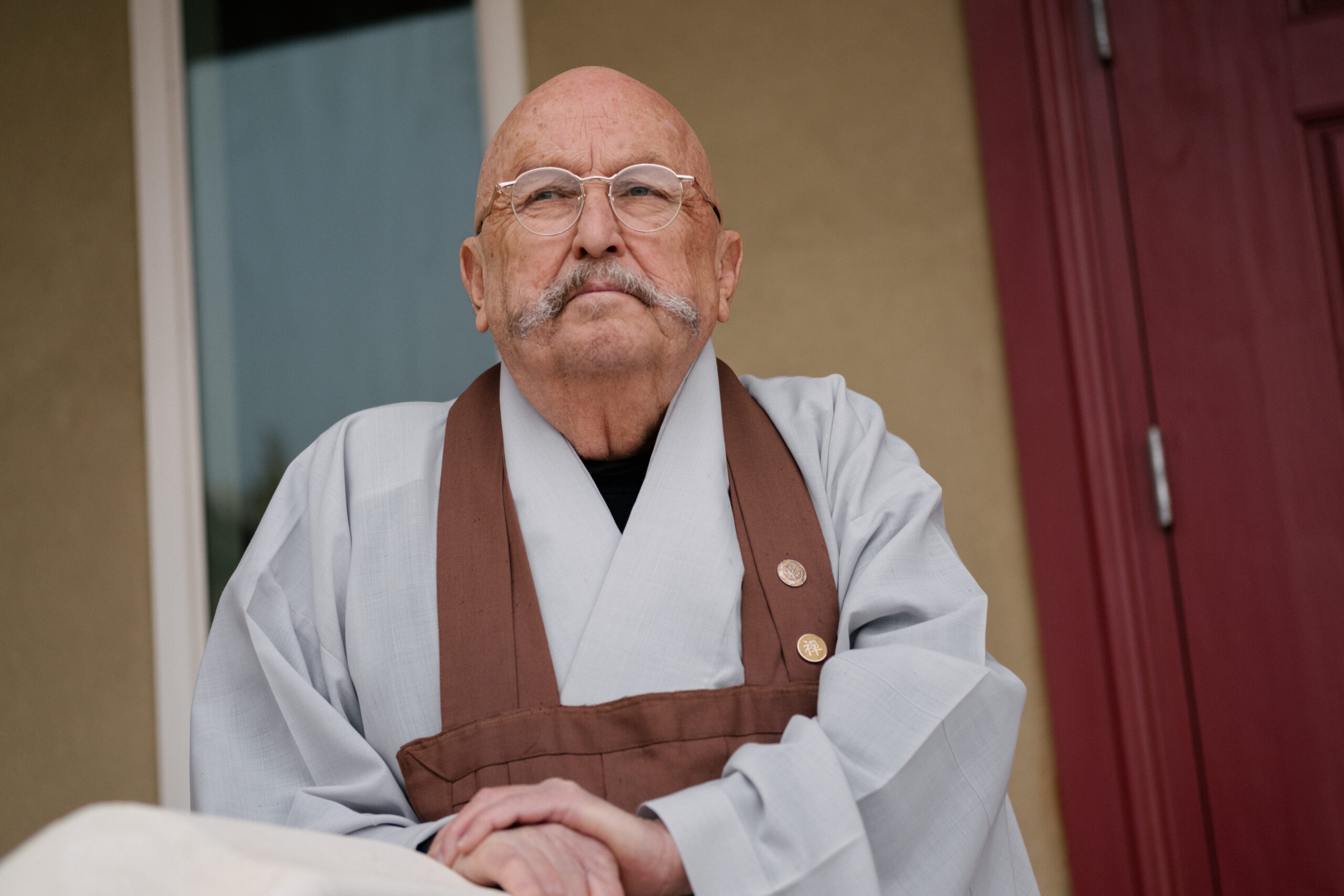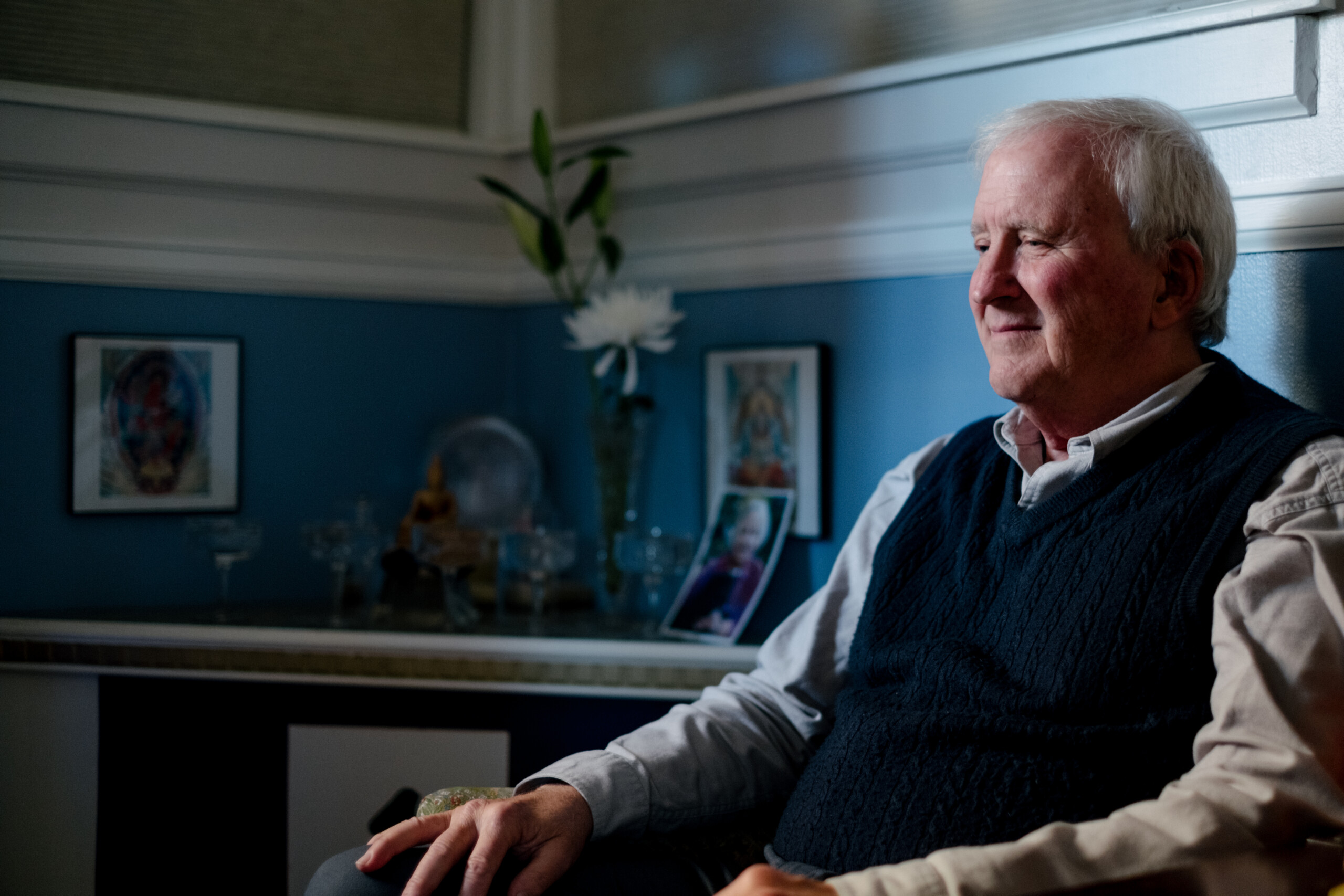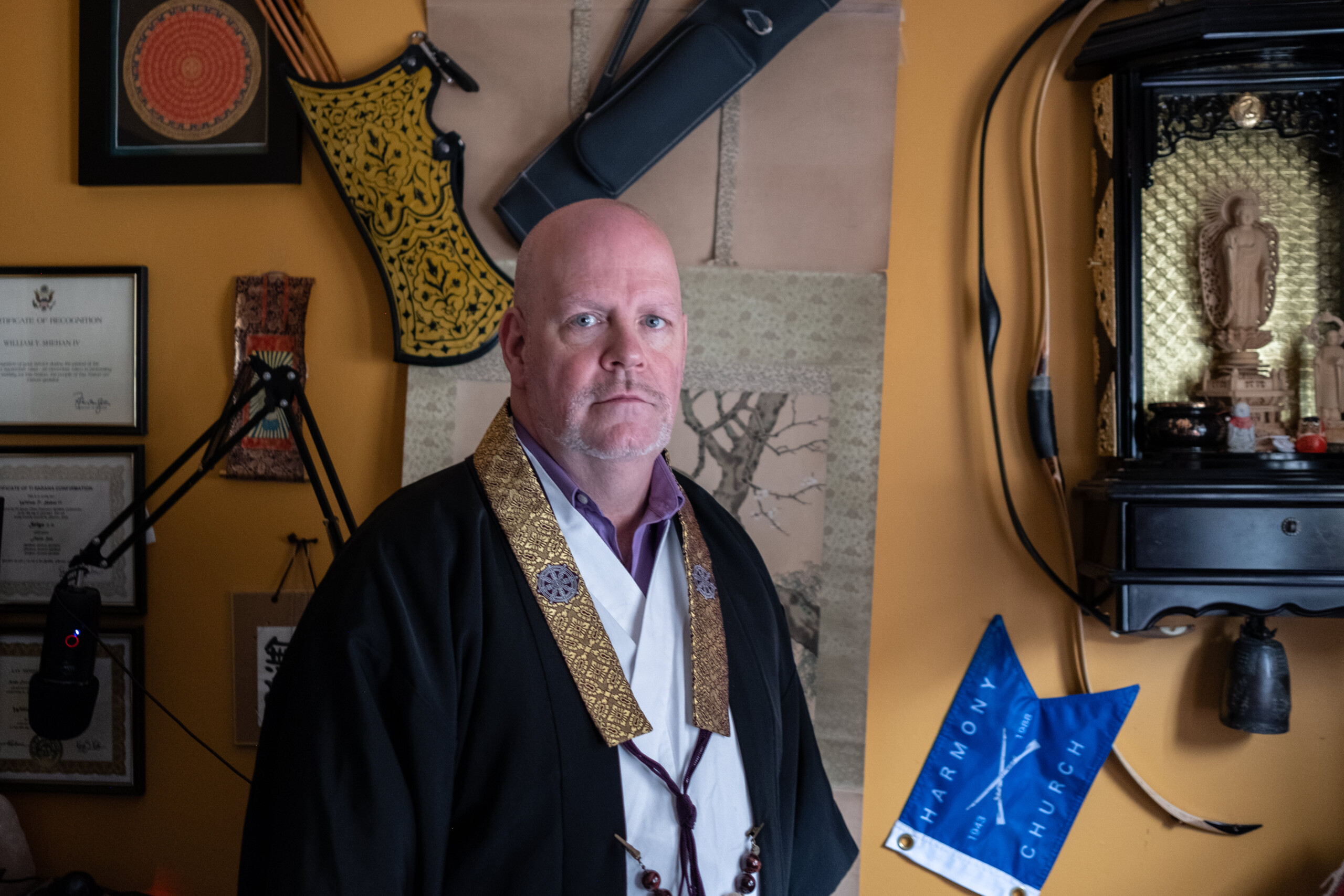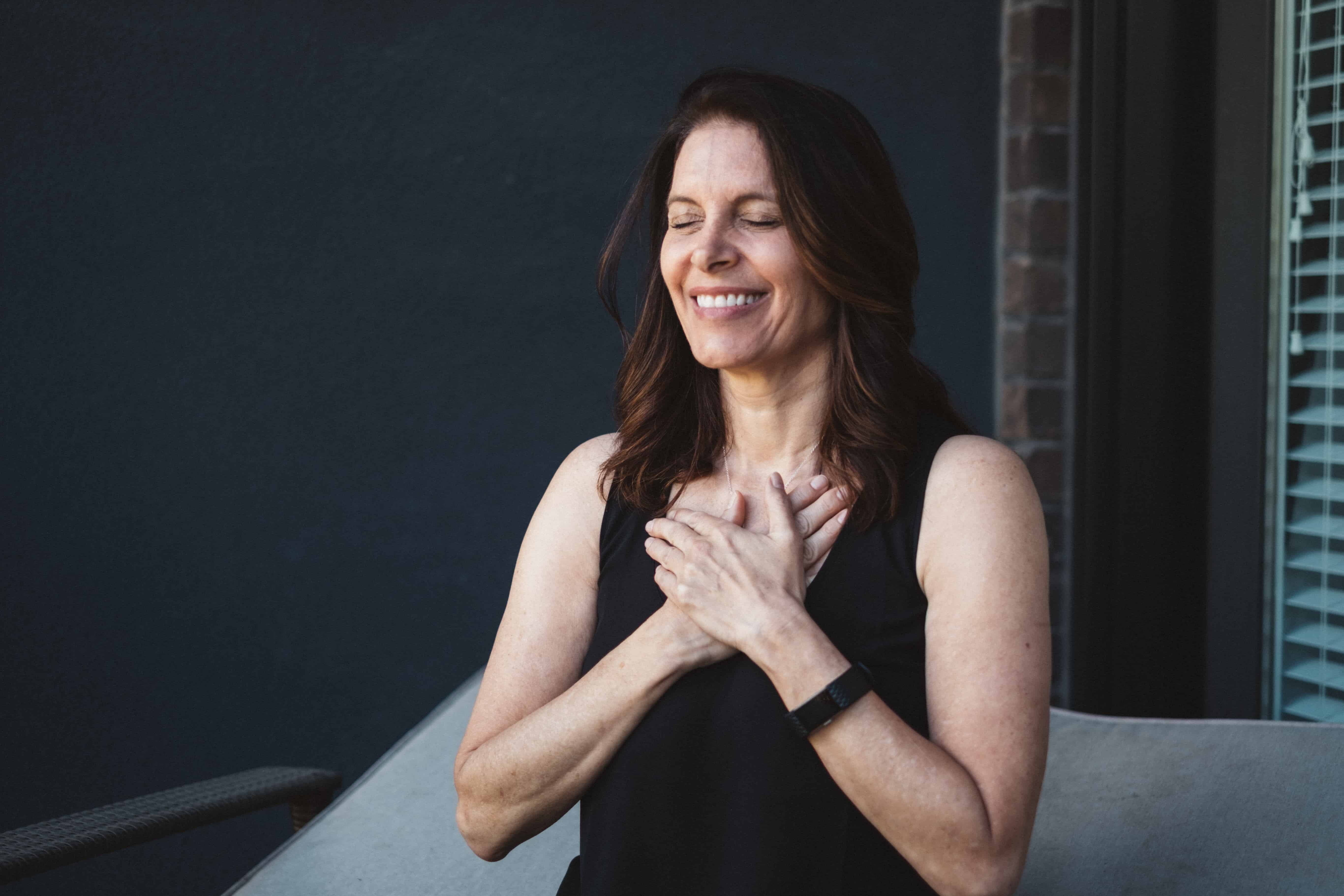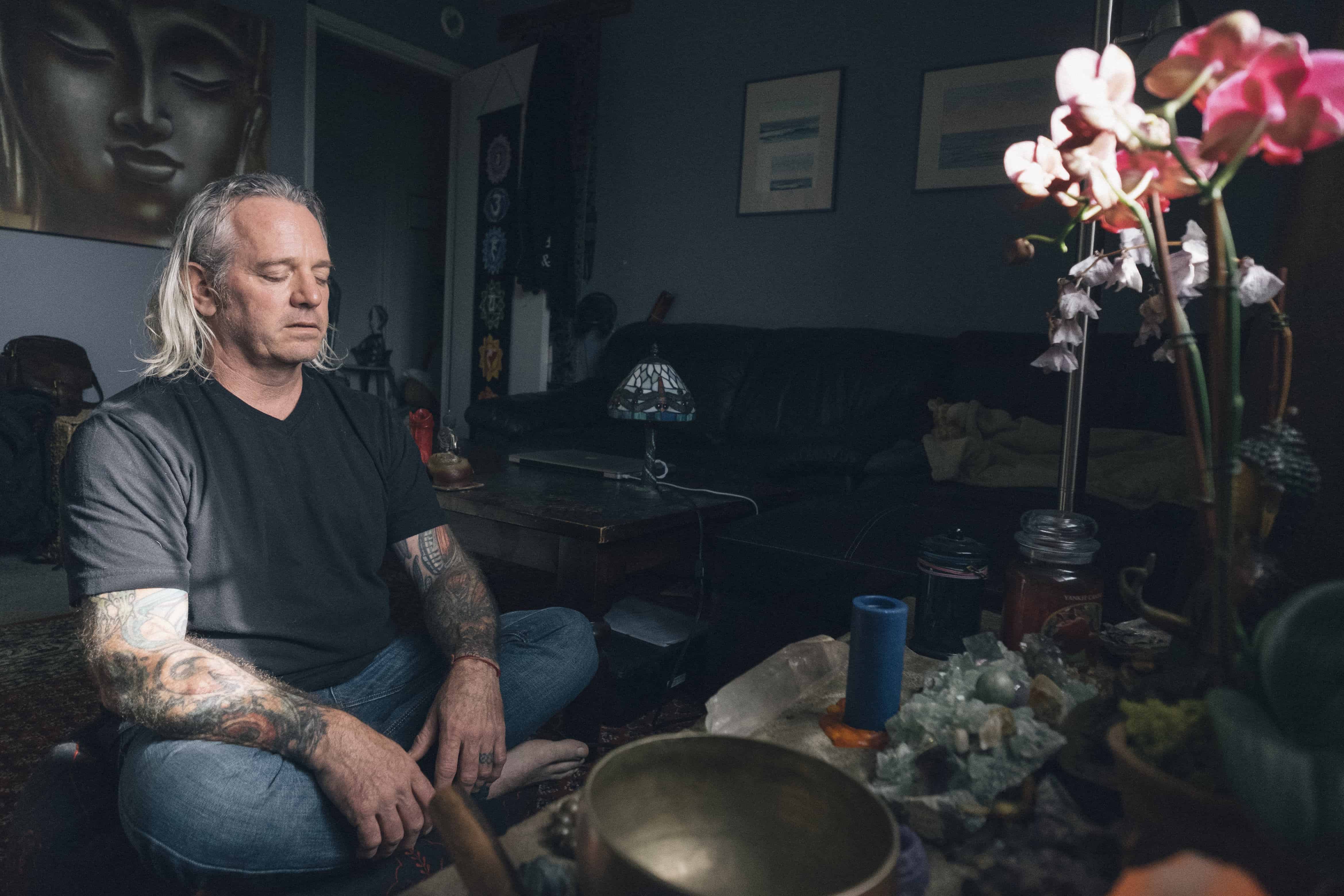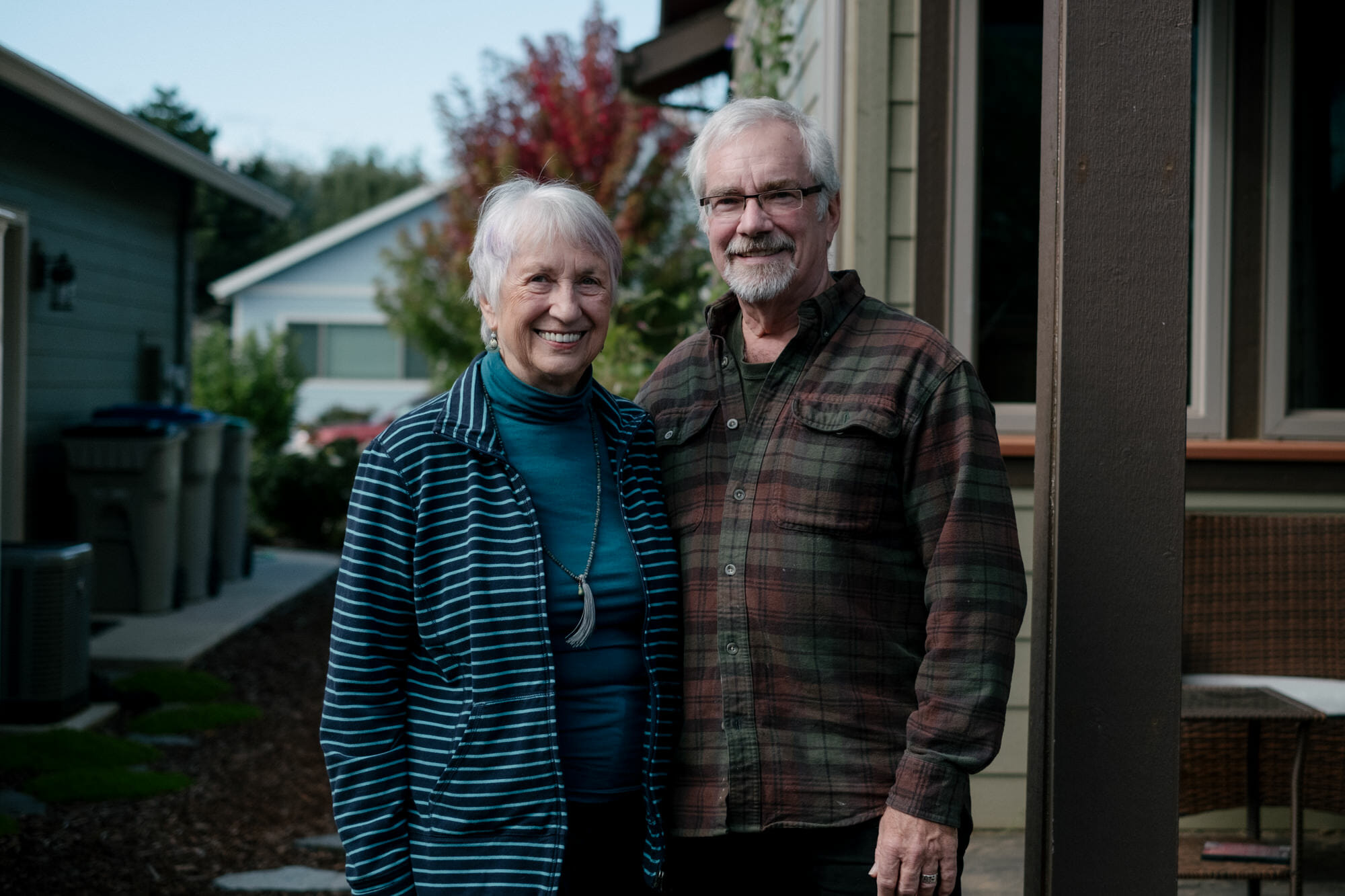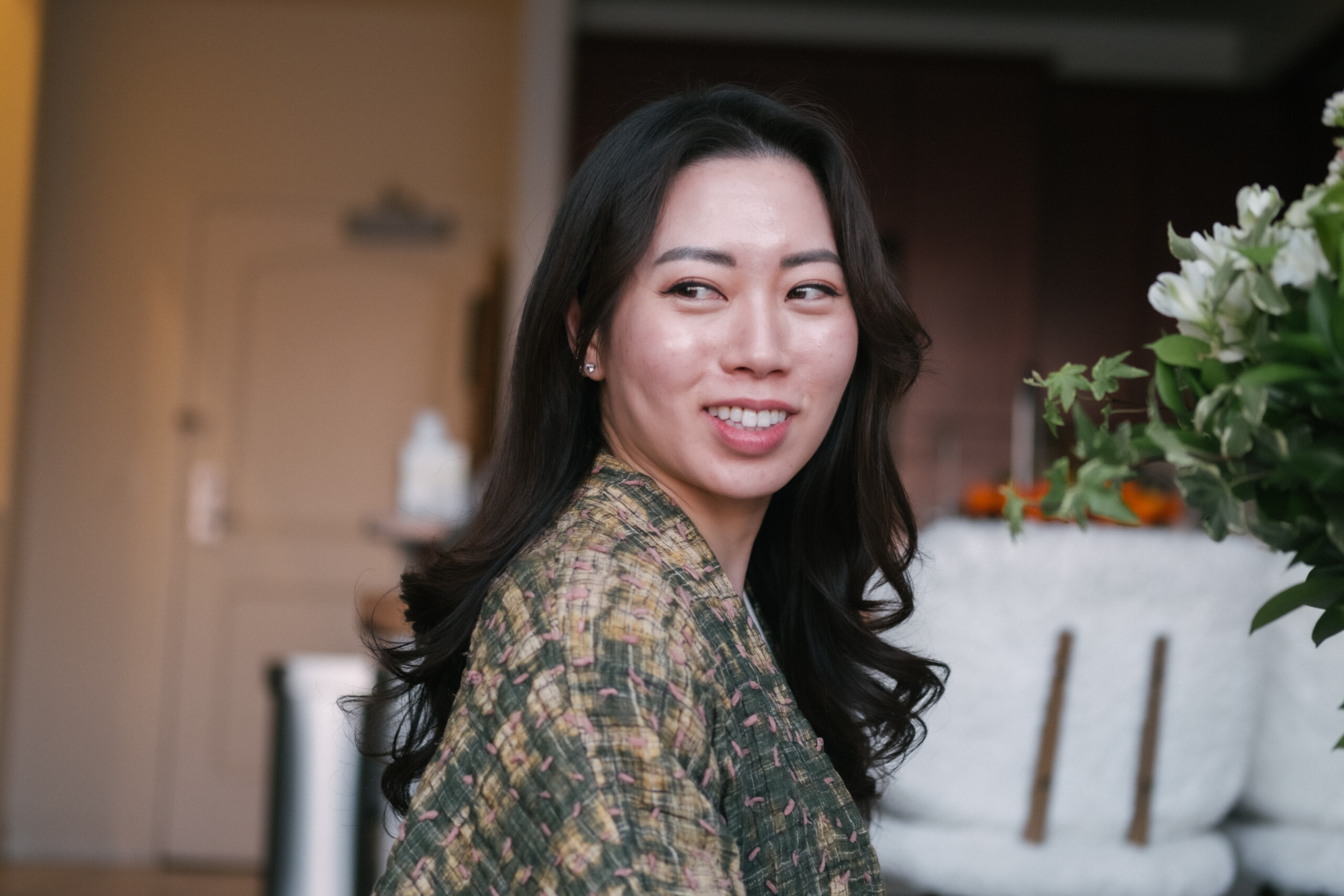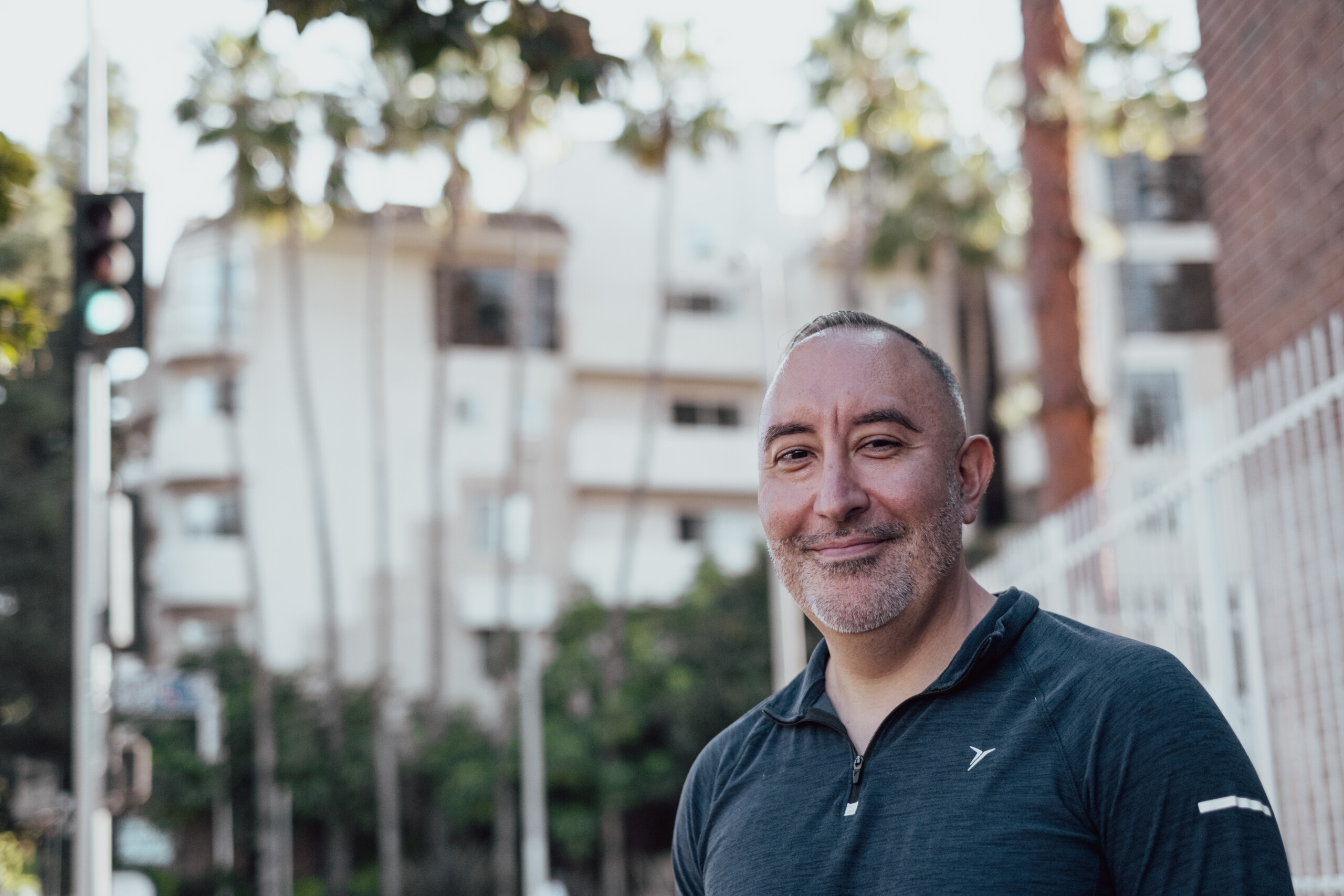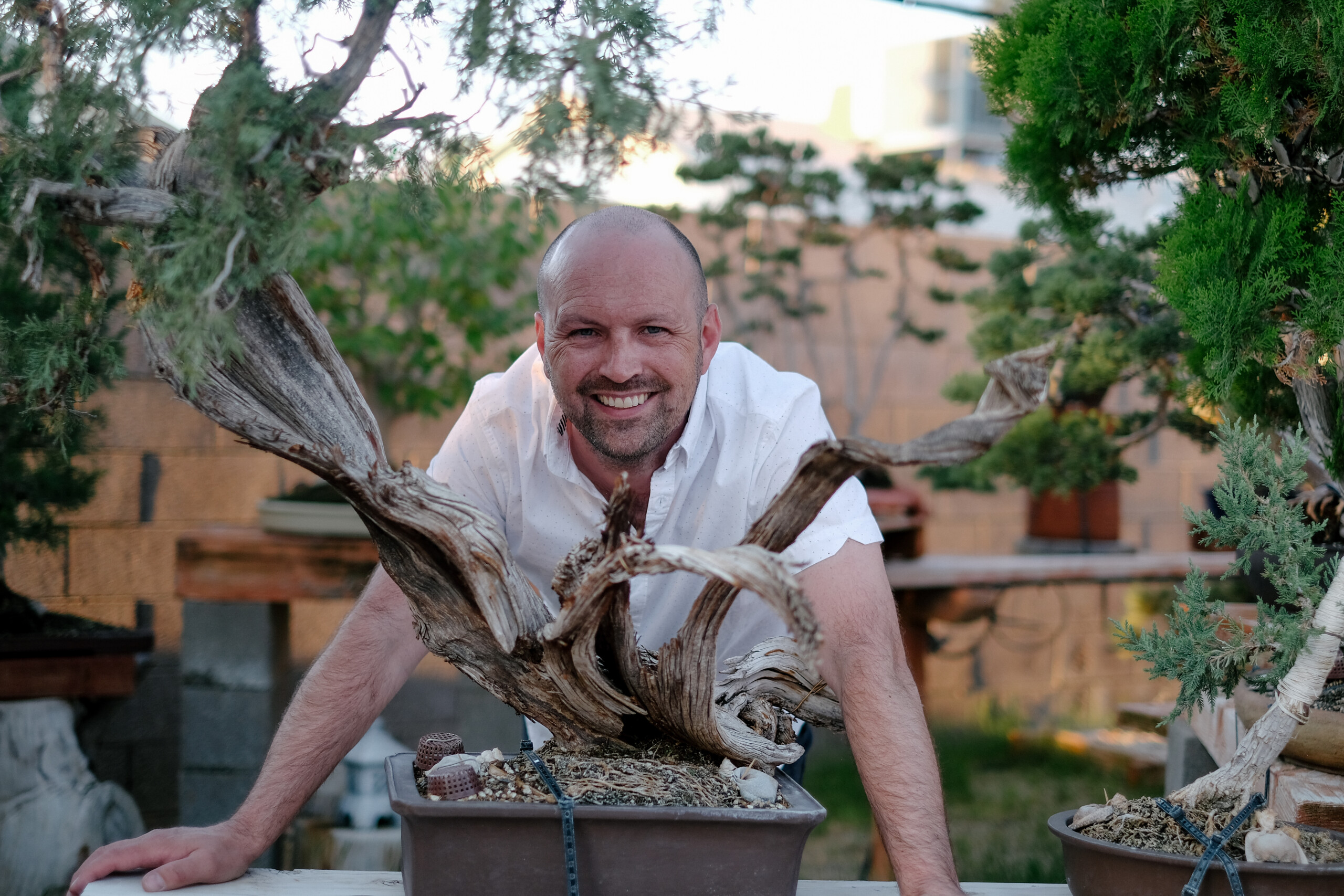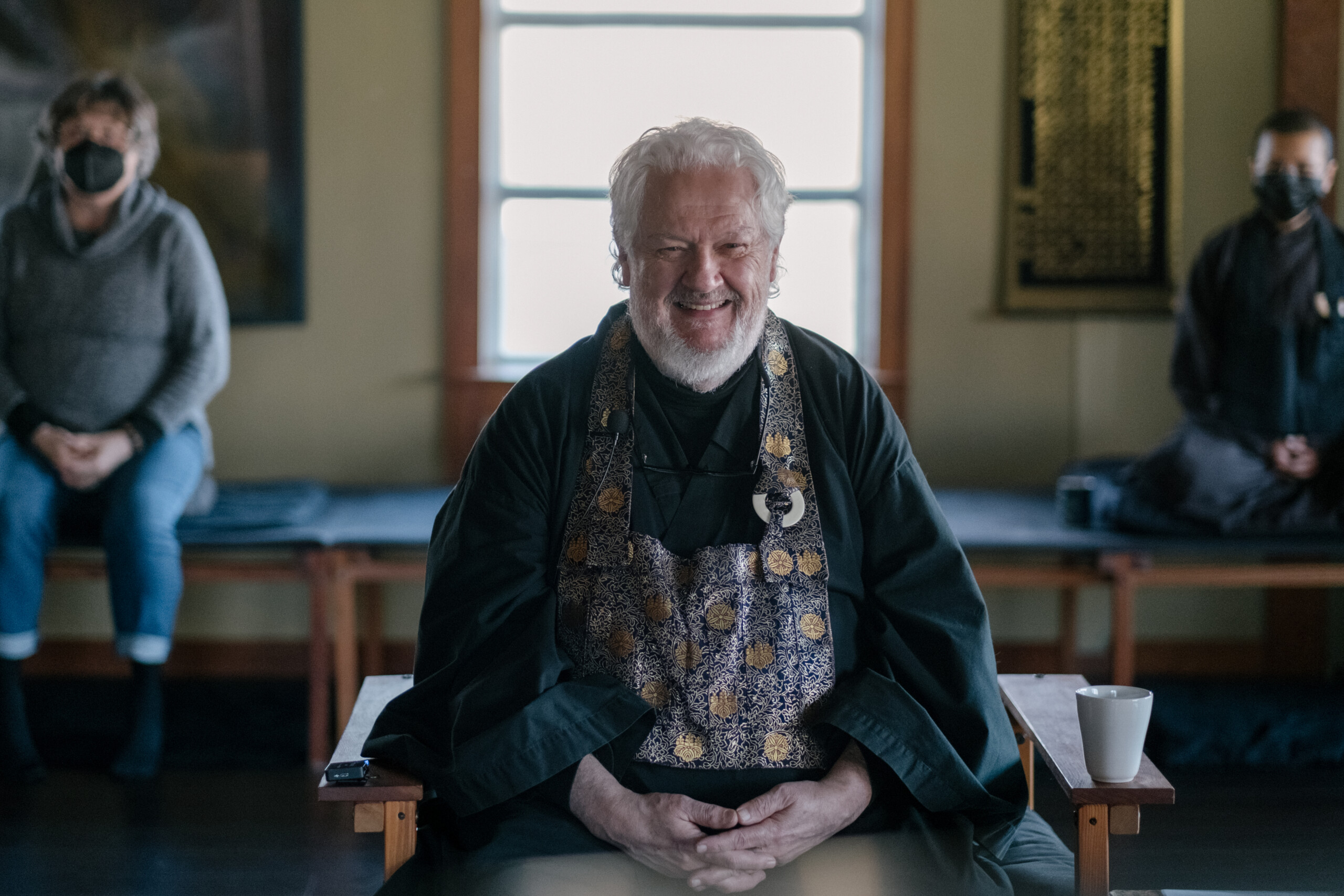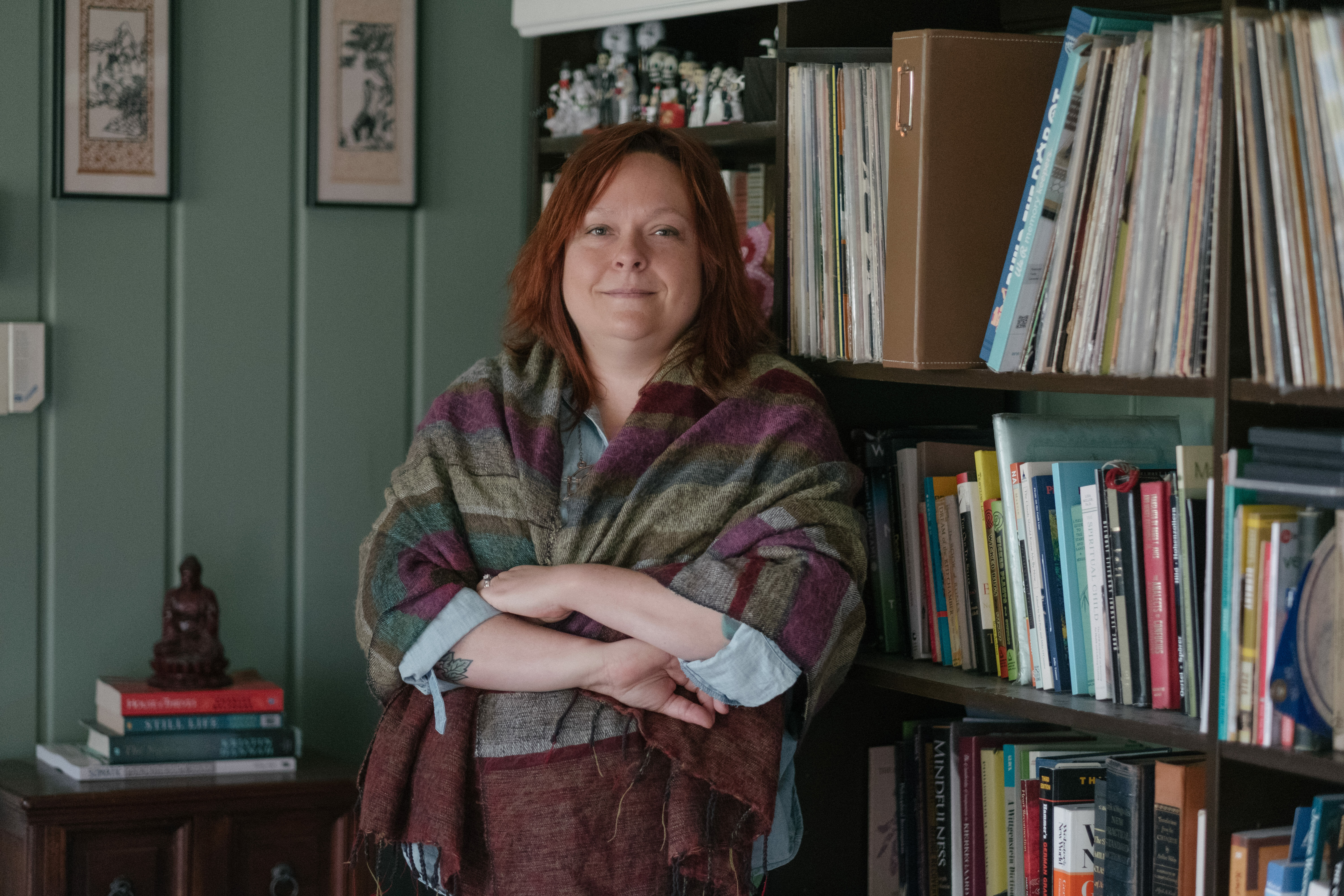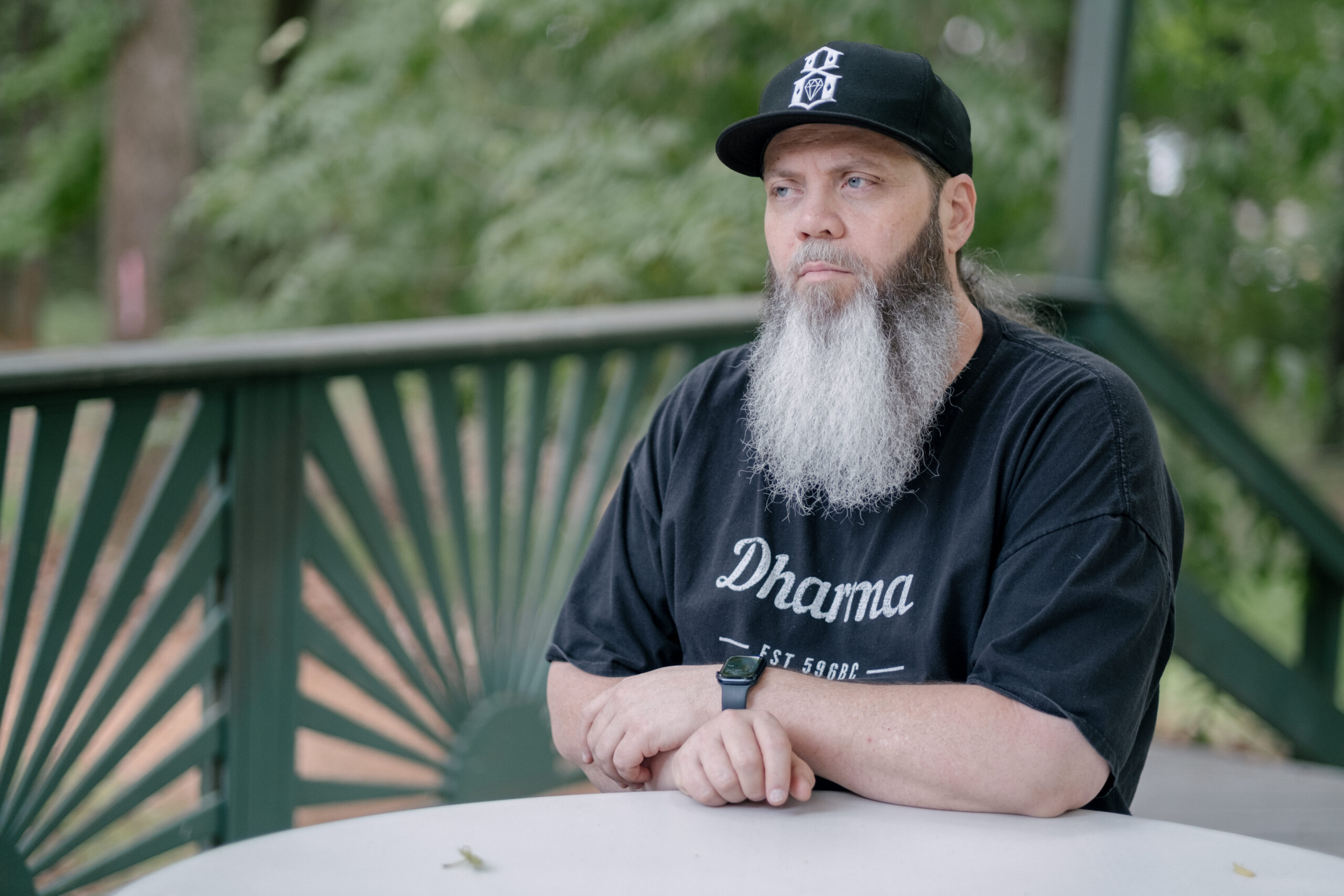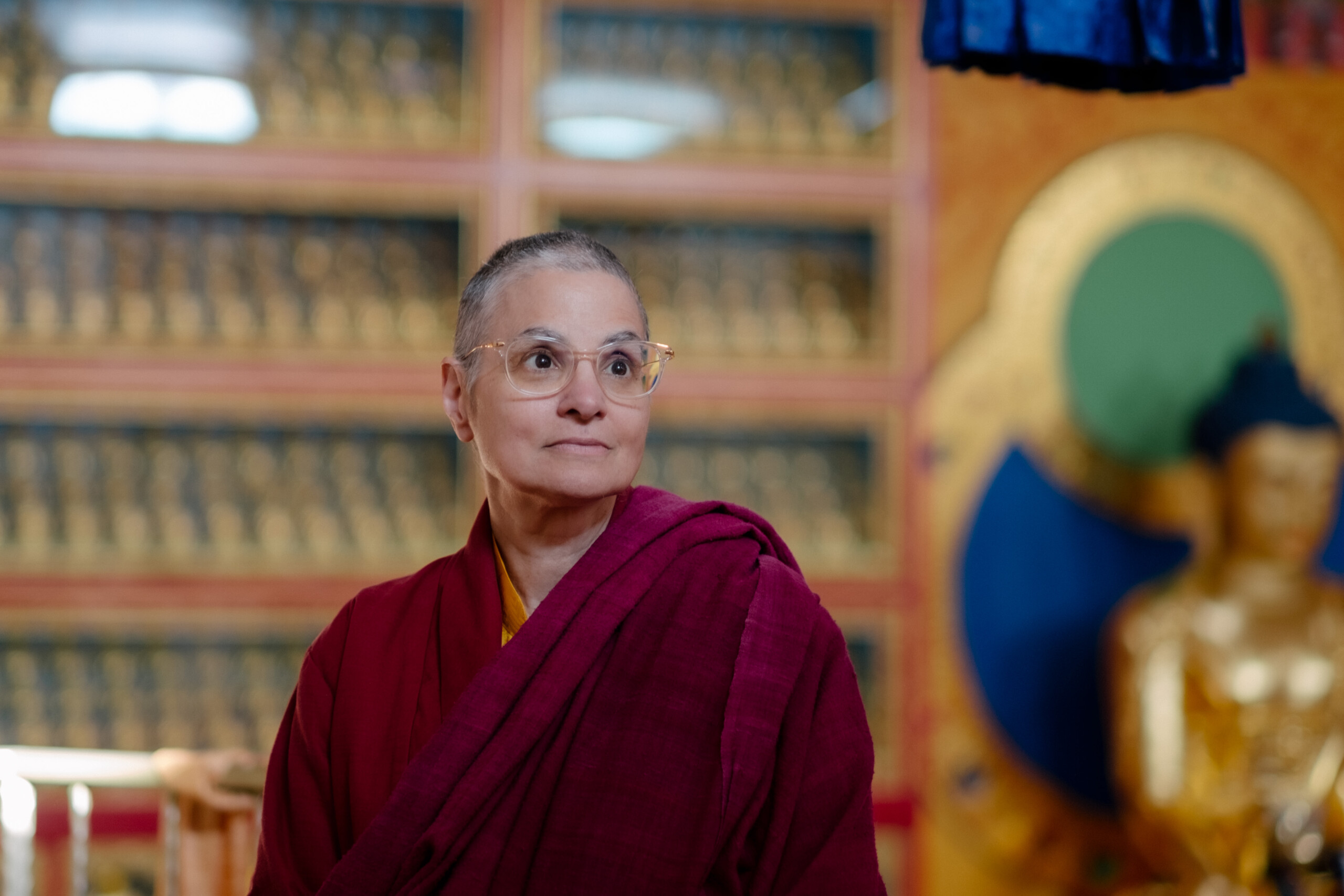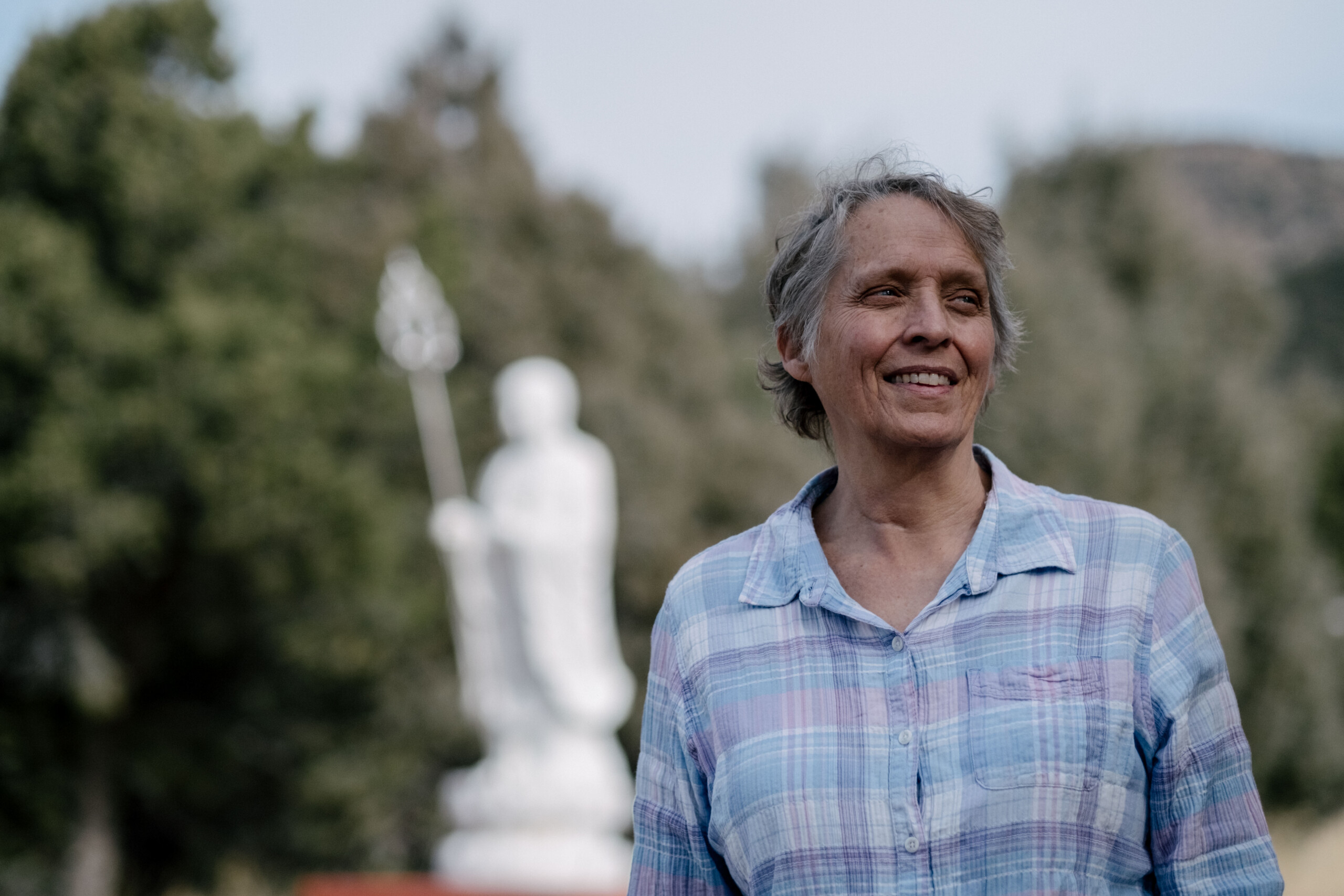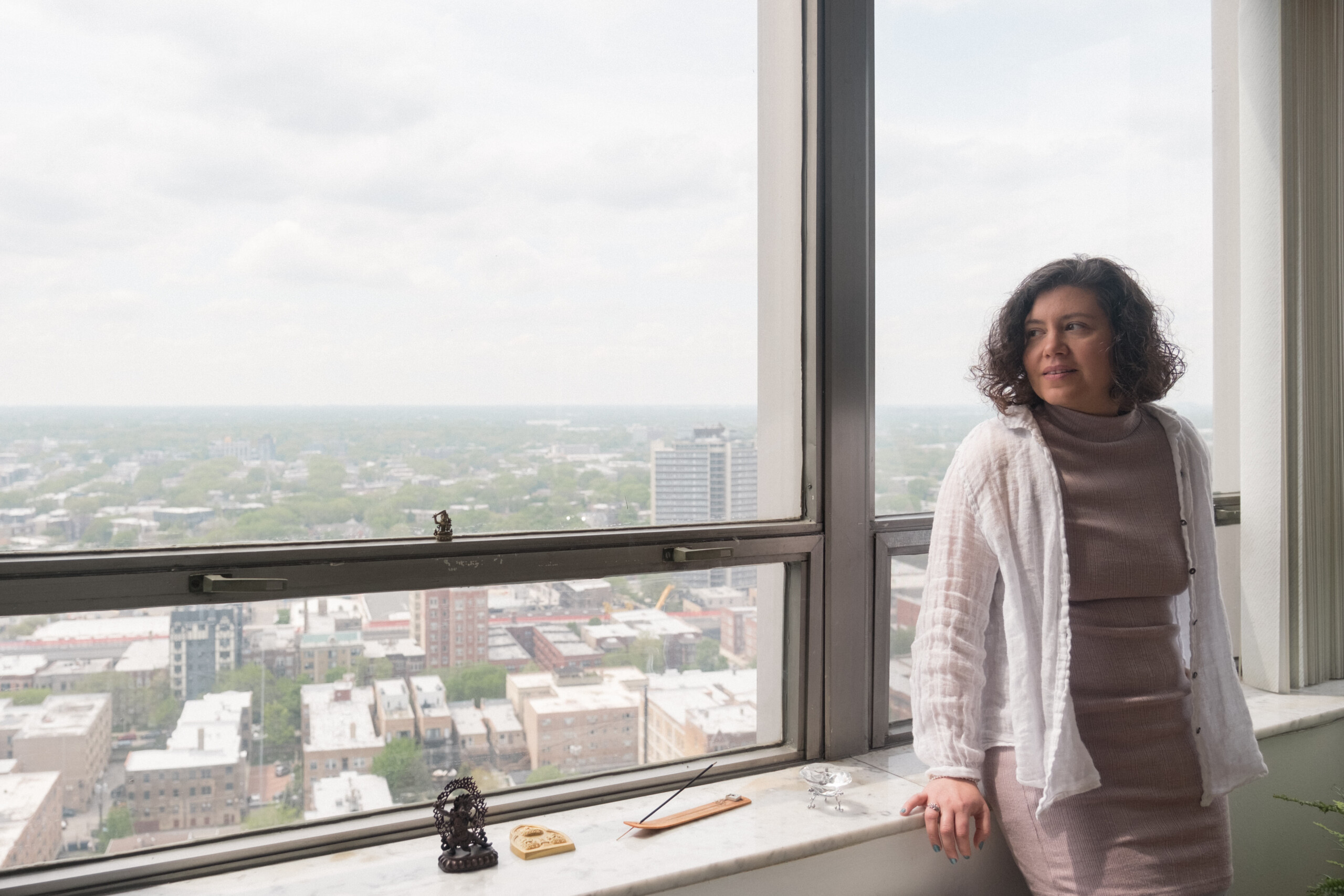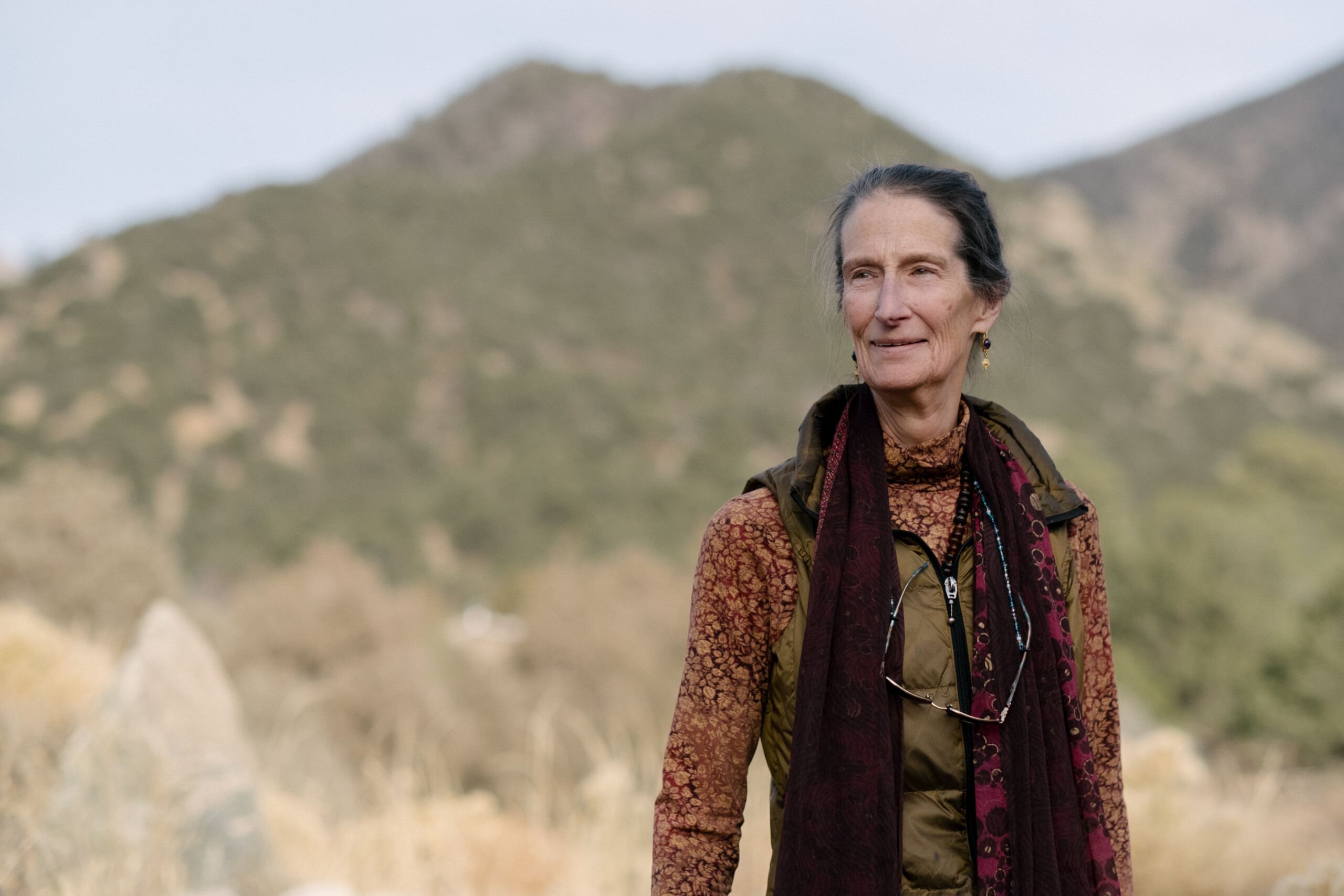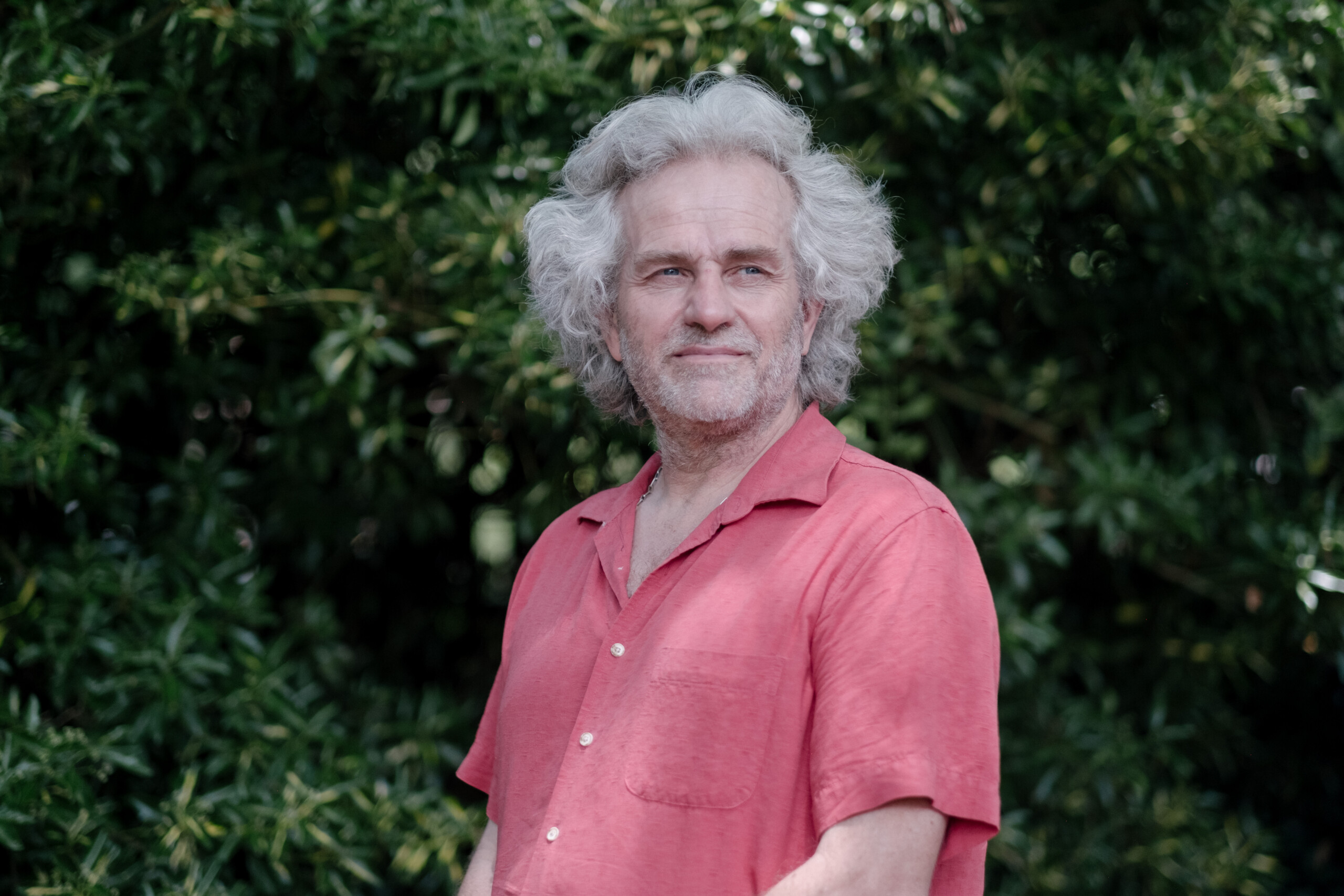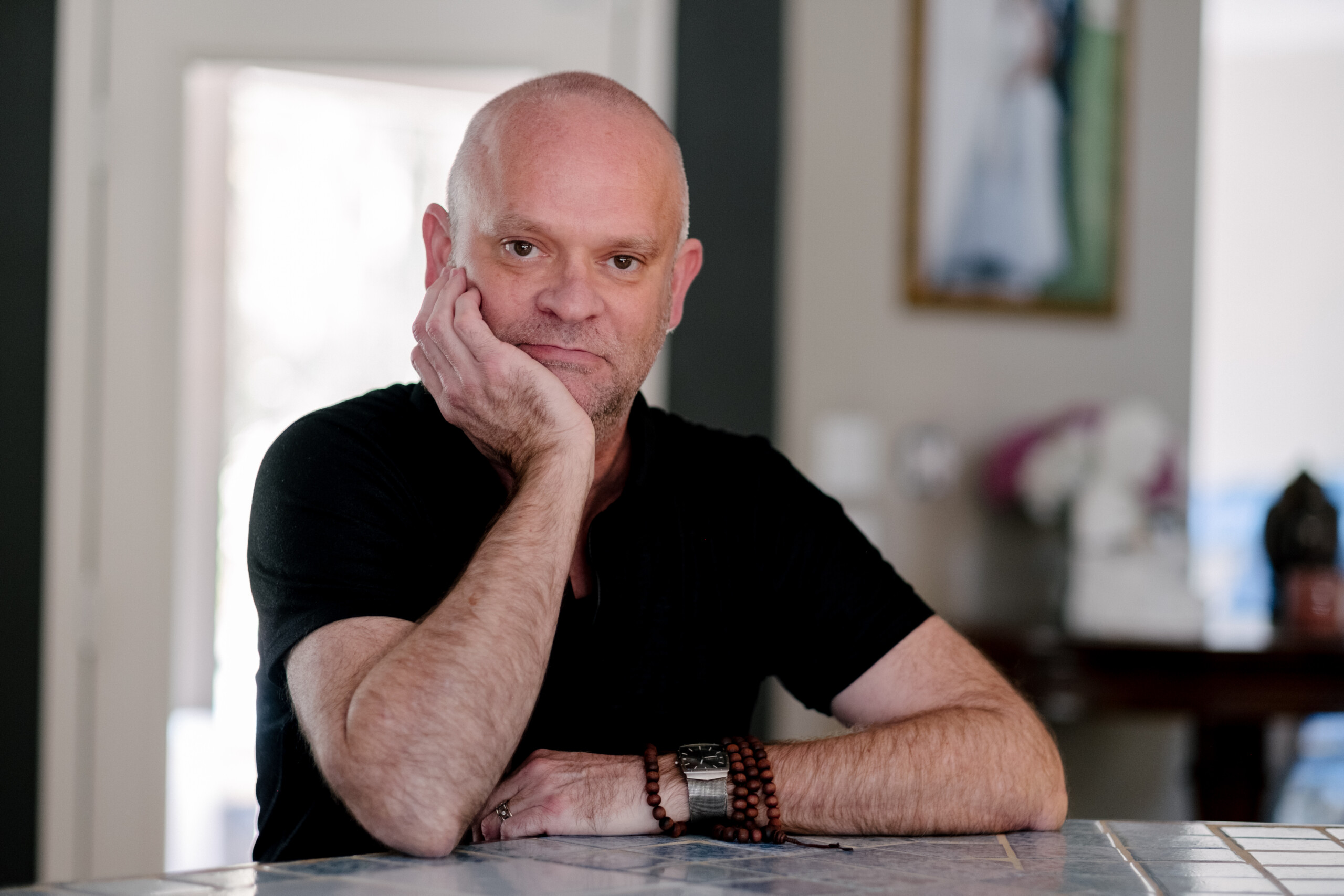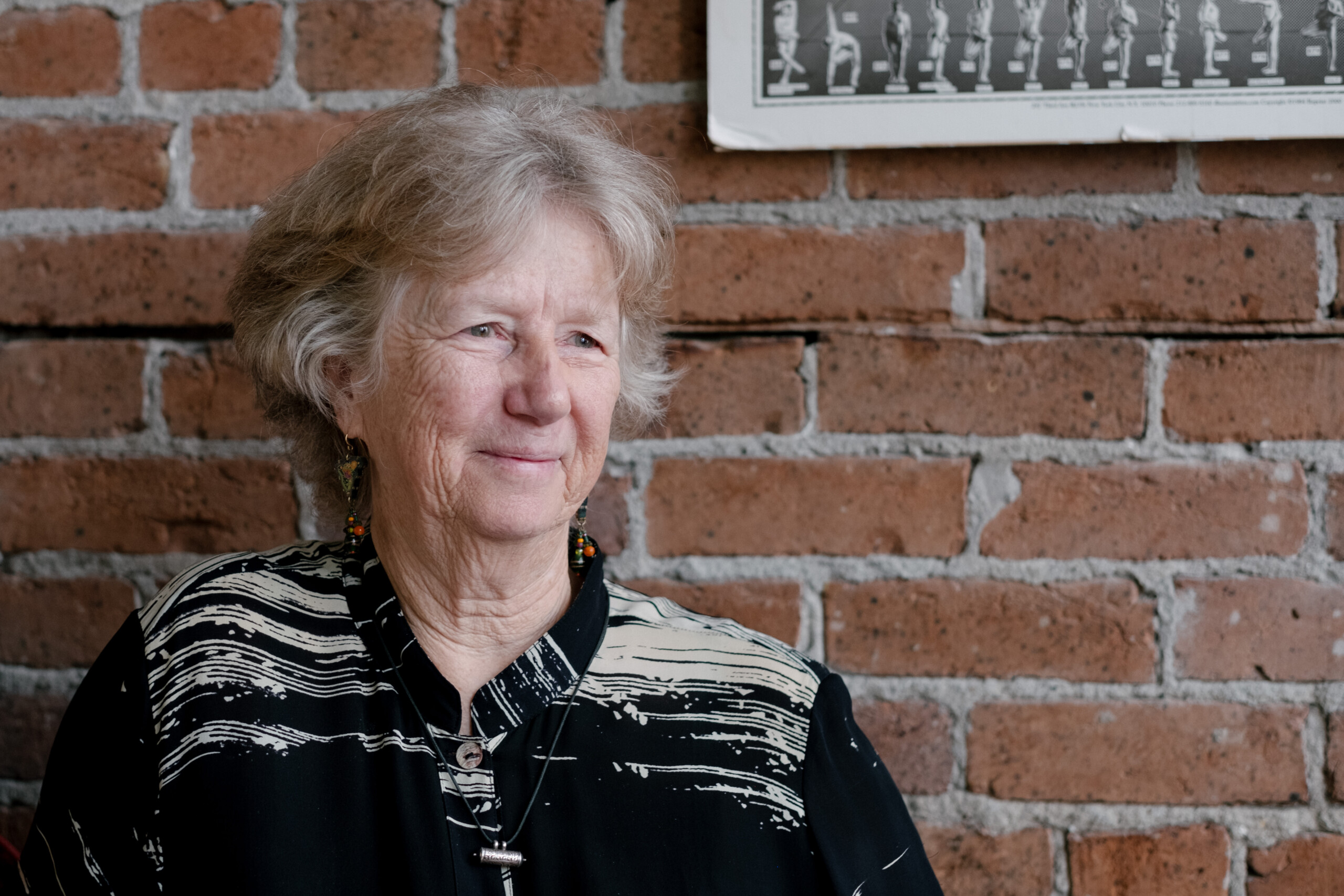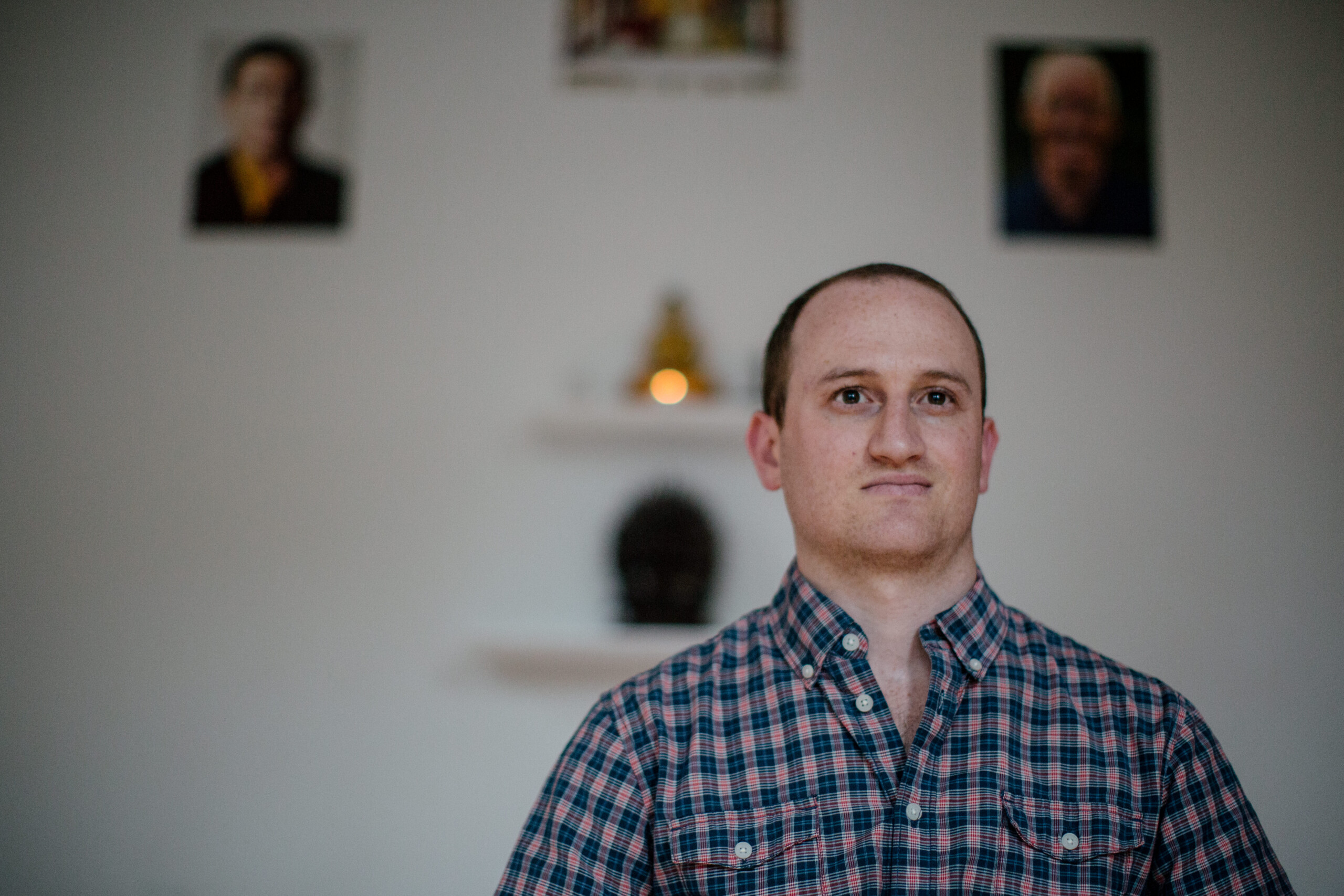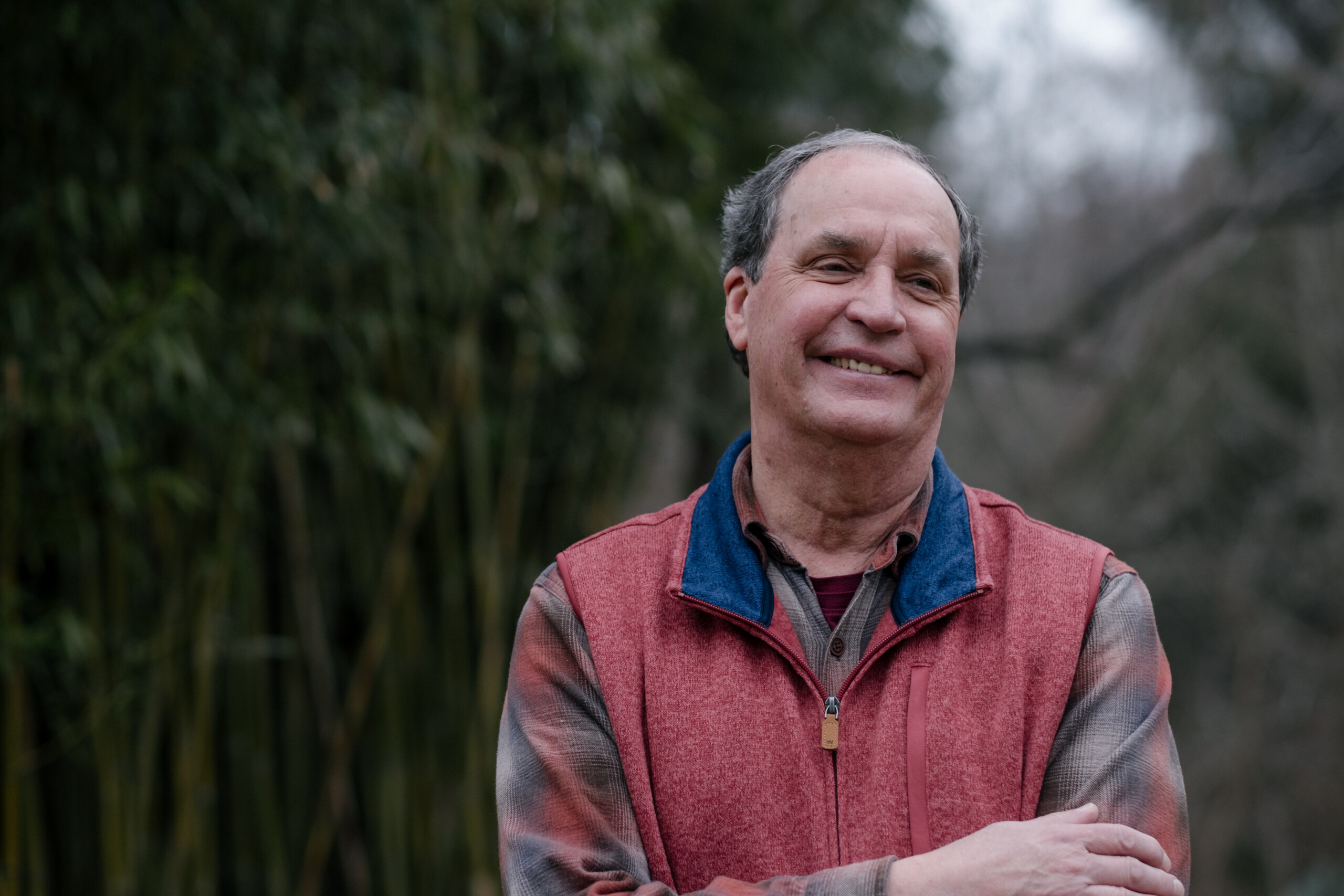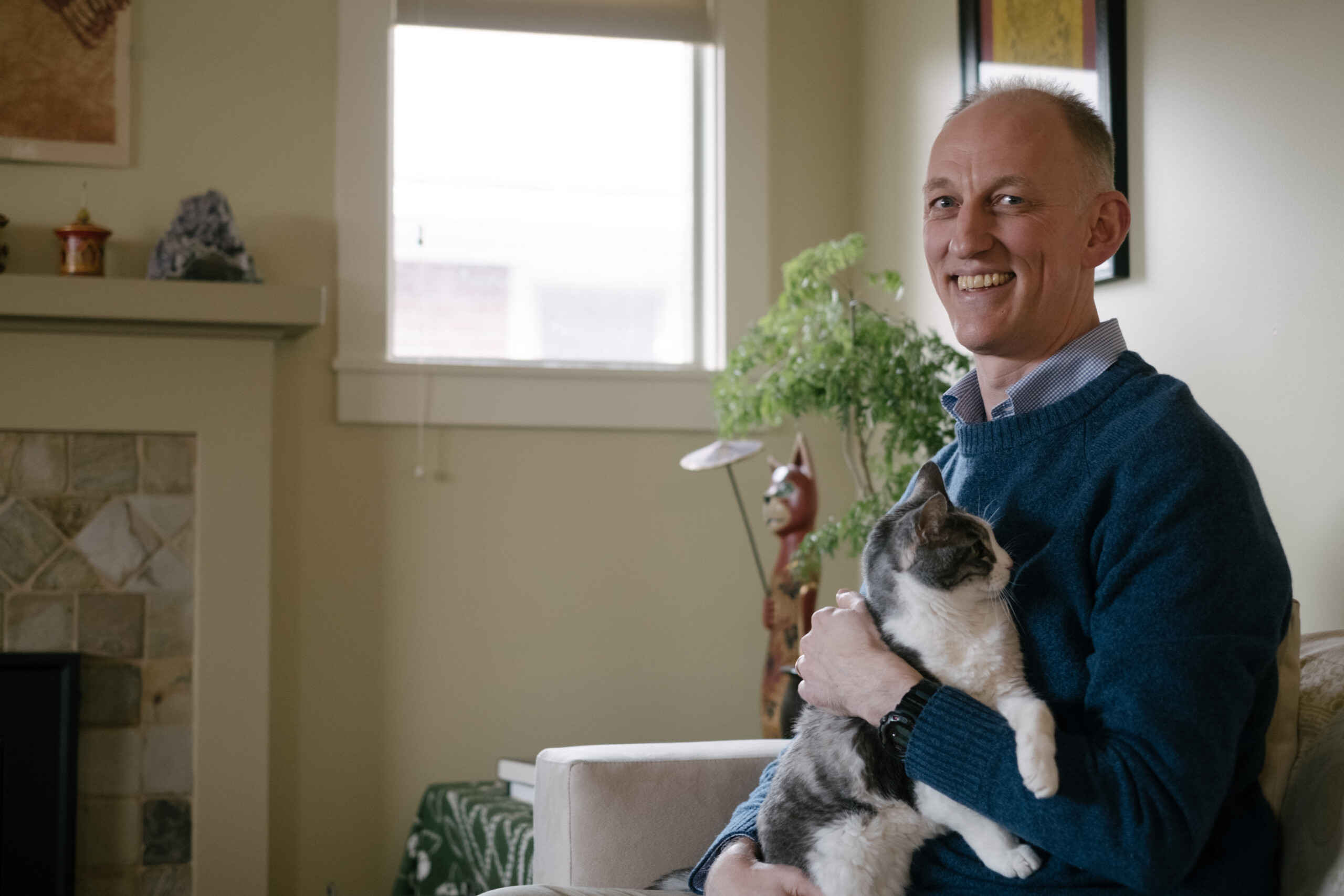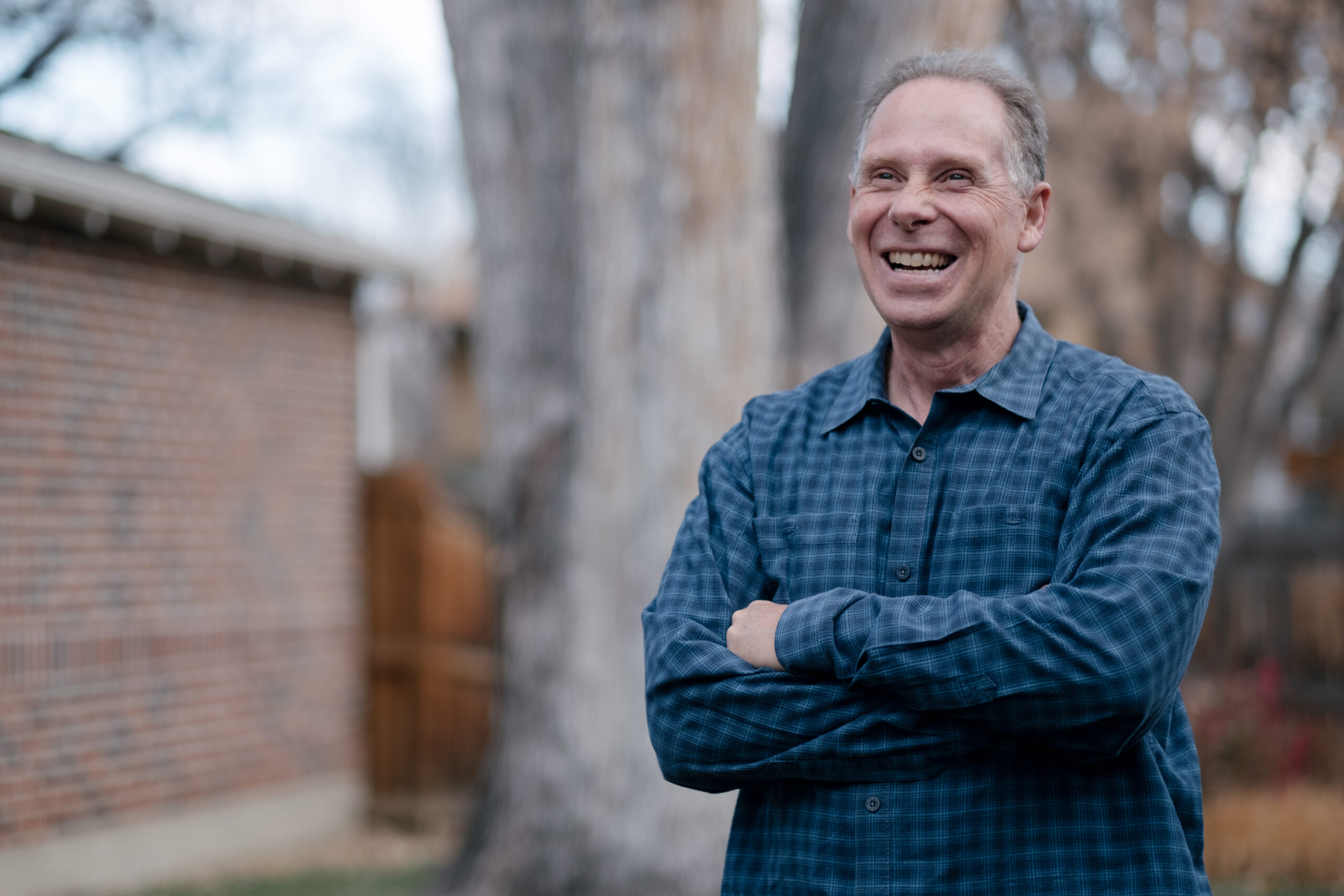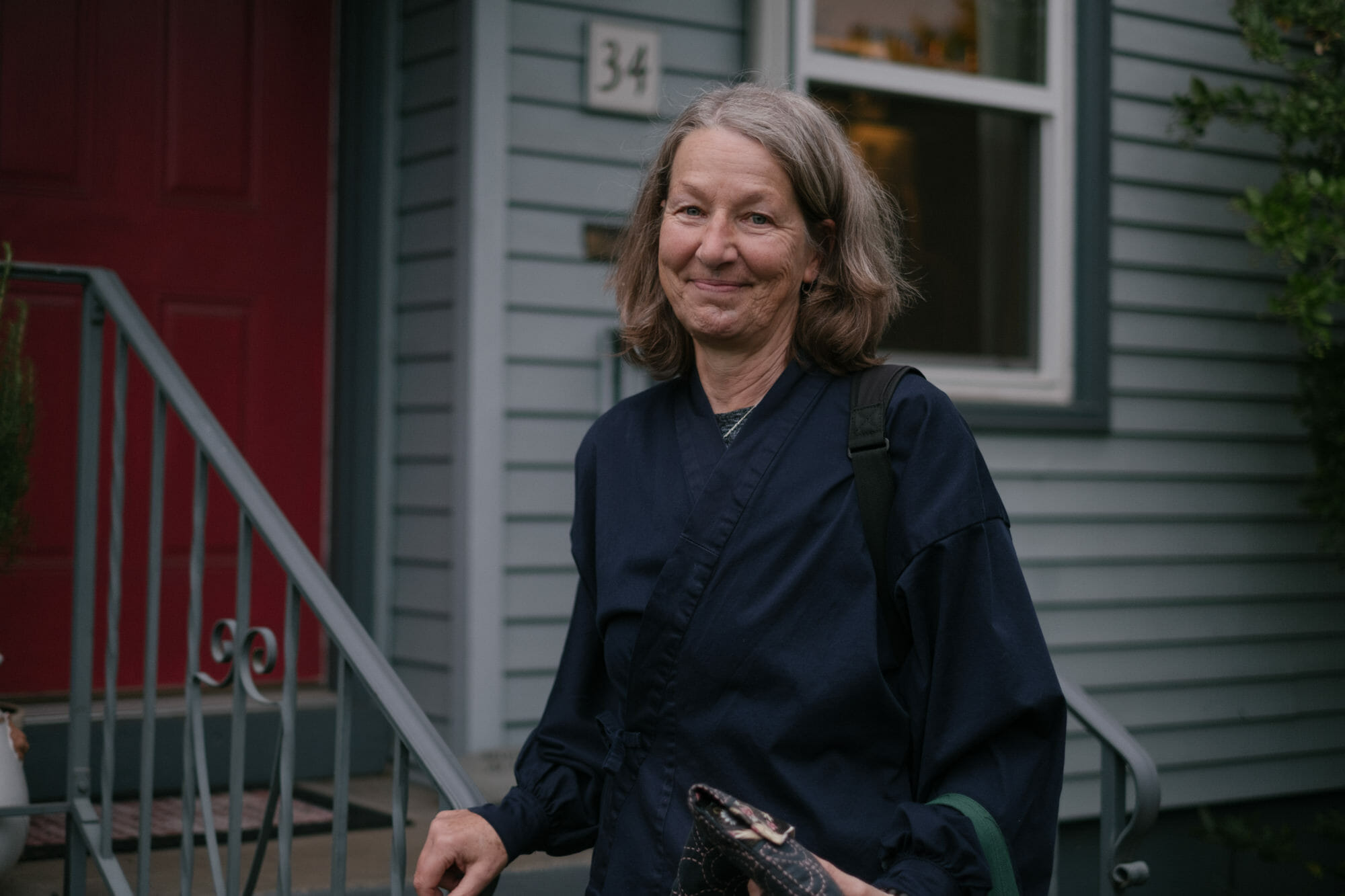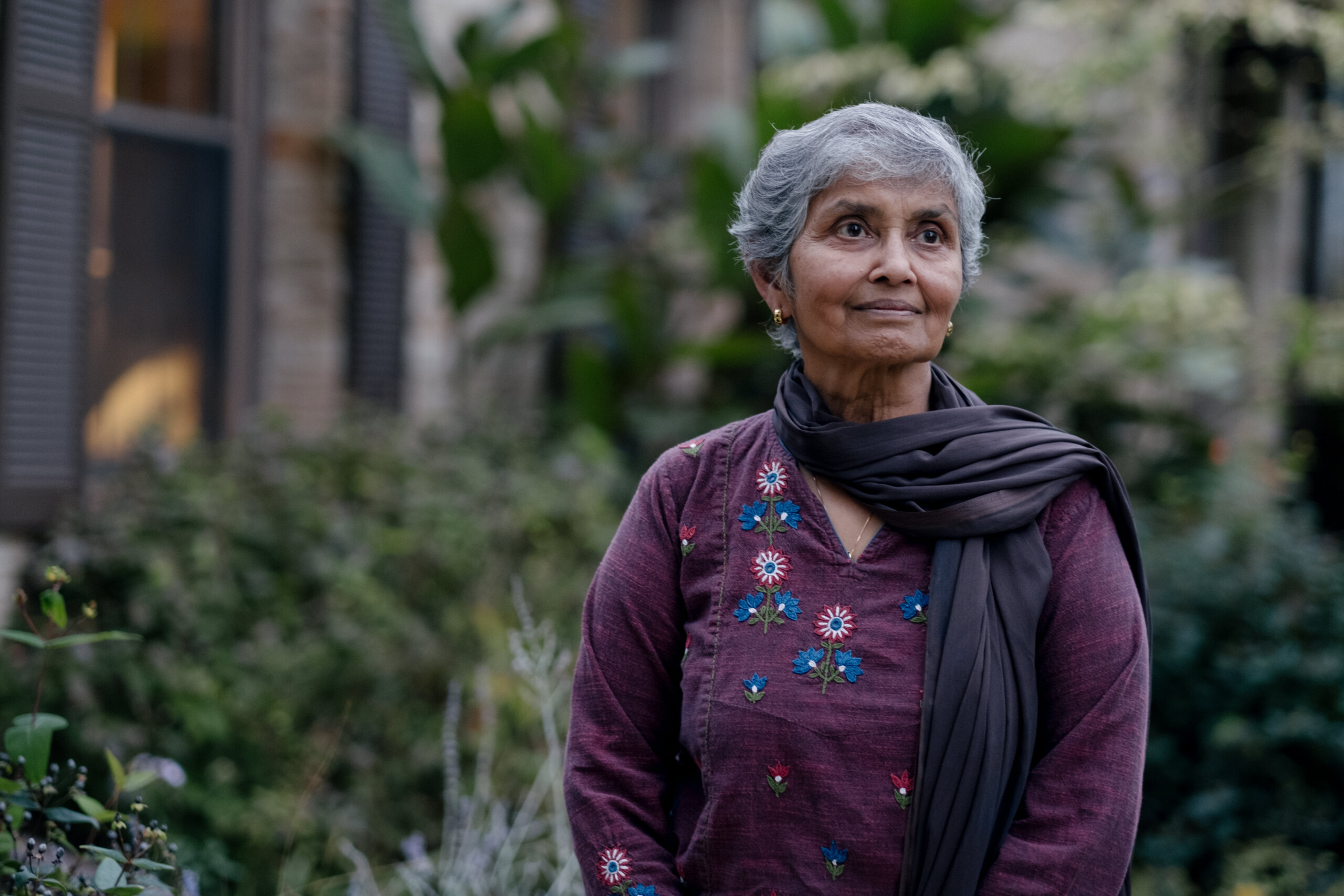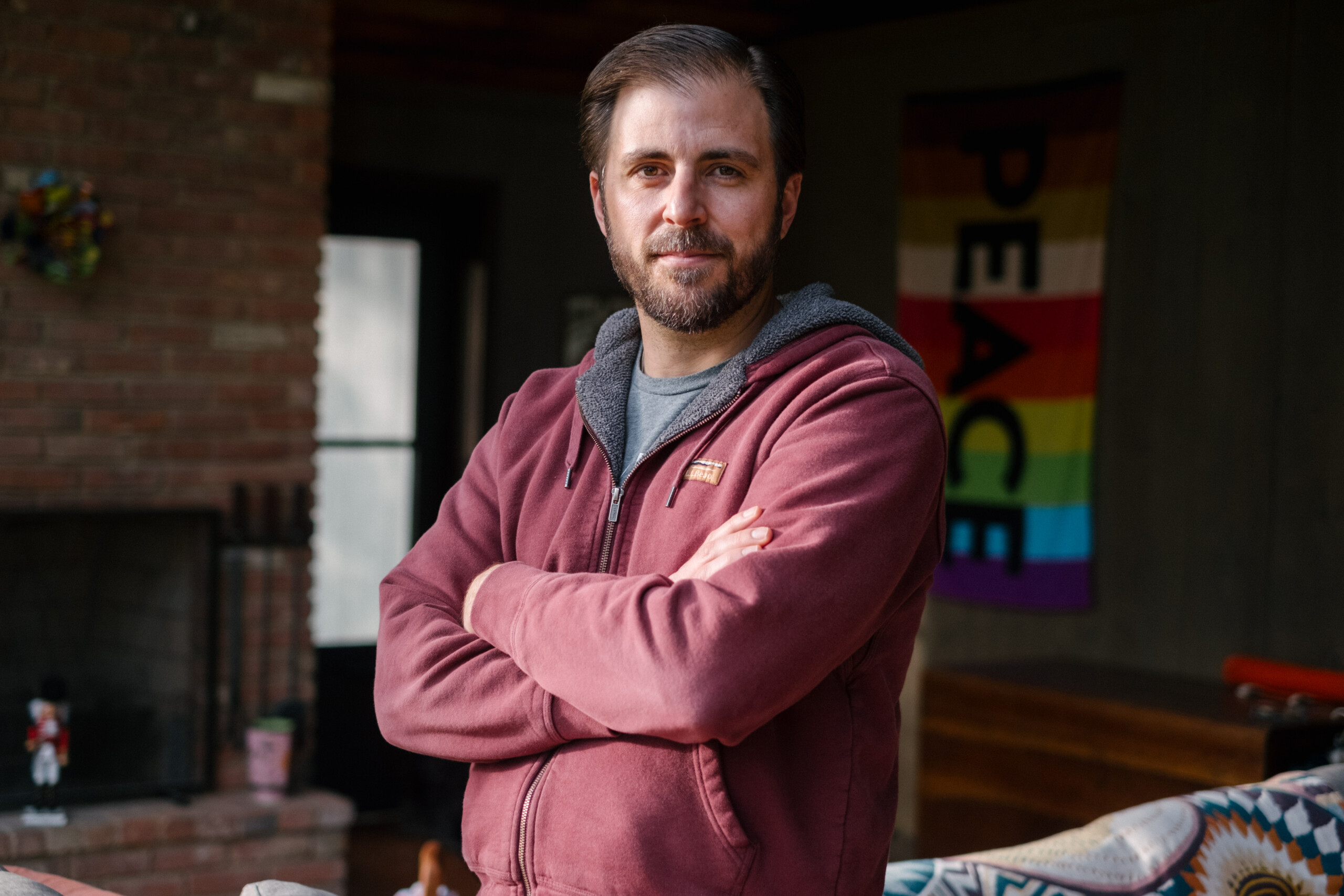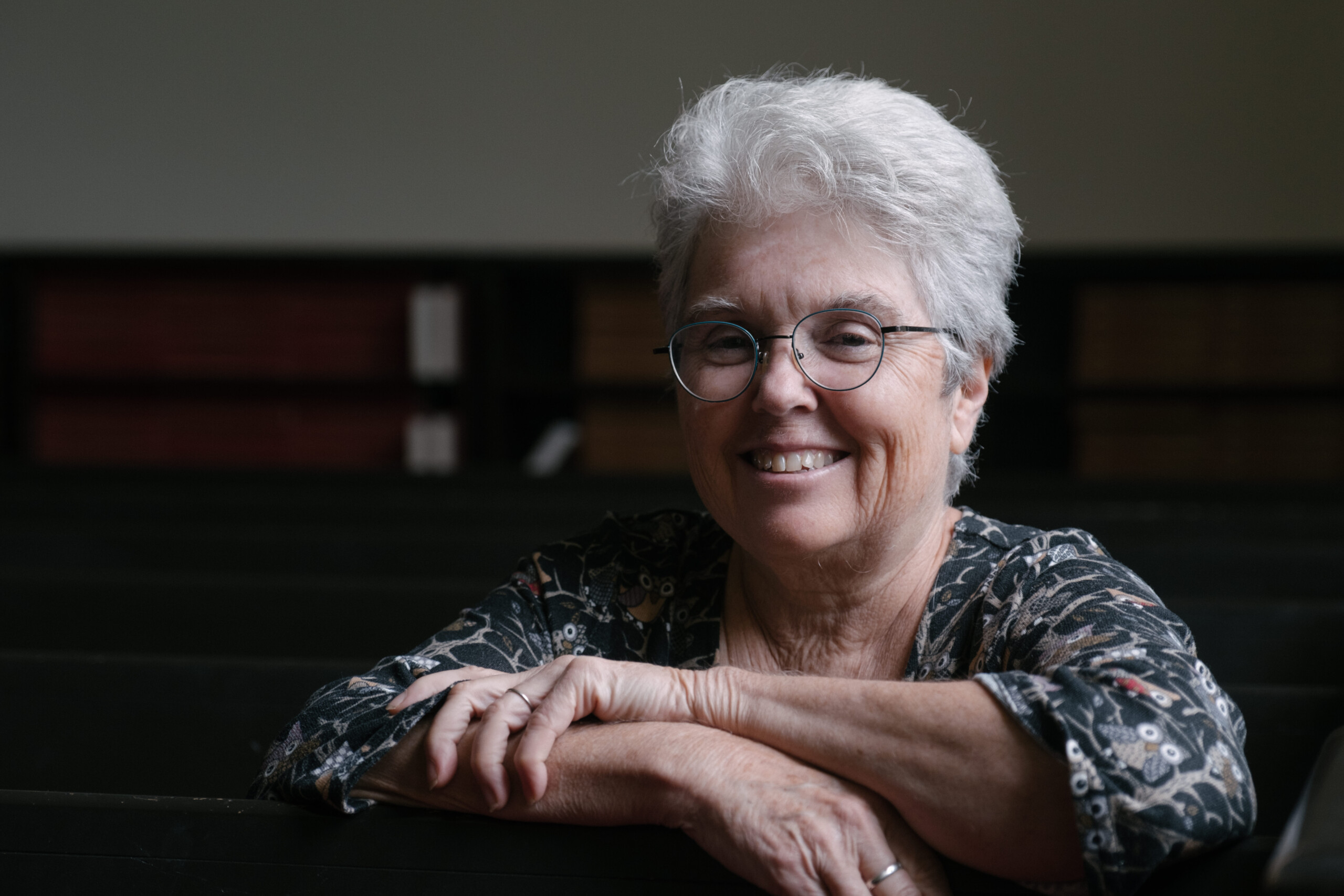History
Kyle, a 36-year-old male residing in Missoula, Montana, balances his role as a teacher with inner work, dedicating time to introspection and mindfulness. Raised in Big Fort, Montana, he acknowledges the beauty of his surroundings, realizing the need to appreciate the majesty that many are not fortunate enough to experience.
Coming from a family with a strong history in Jehovah’s Witnesses, Kyle experienced a strict form of Christianity until he left at 18, facing significant impact and trauma. In his 20s, he explored agnosticism and even atheism but felt an inescapable spiritual need akin to the necessity of exercising the body or educating the mind. Therapy introduced him to mindfulness through cognitive behavioral therapy (CBT), laying the foundation for his interest in Buddhism.
Kyle’s journey into Buddhism progressed from mindfulness apps to a search for a Sangha, recognizing the importance of the three refuges: Buddha, Dharma, and Sangha. The Sangha, being the most challenging refuge, proved difficult to find in sparsely populated areas like Northwest Montana. Despite the challenges, Kyle believes that genuine community, embodying interbeing, peace, and love, is a shared desire for all beings.
Apps
Kyle values meditation apps, especially free ones like Insight Timer and Plum Village, as a starting point for cultivating calmness. These apps served as a keyhole into a realm of calmness, crucial for Kyle’s daily mindfulness practice in managing undiagnosed extreme anxiety.
His exploration led him to the roots of meditation in Hinduism and Buddhism. An internet search connected him with a small group of practitioners in the Amaya Hana tradition in Coeur d’Alene, Idaho, forming a Sangha. This community became a source of knowledge (Dharma) and guidance, evolving into a reverence for teachings from Buddhas, Bodhisattvas, and contemporary spiritual seekers.
In summary, Kyle’s journey progressed from meditation apps to a supportive Sangha, shaping his understanding and practice toward universal love and alleviation of suffering.
Comparing Lineages
In the early stages of Kyle’s formal engagement with Buddhism, he joined a Sangha in the Tibetan tradition in Coeur d’Alene, Idaho. Despite his deep appreciation for the community, he struggled to connect fully with the chanting process and the visualization of unfamiliar deities, feeling the cultural gap as a Westerner.
Upon moving to Missoula, he found resonance with the Open Way Mindfulness Center, which follows the Plum Village tradition established by Thich Nhat Hanh. Despite acknowledging Thich Nhat Hanh as a teacher, Kyle notes the humility with which he rejects the title of Guru and the avoidance of statues in his honor. The Plum Village tradition, being rooted in a form of Zen, aligns more with Kyle’s preferences as a Westerner, allowing him to focus on his body, breath, and mindfulness without the need for intricate visualizations.
This approach, centered on being in his body and following Vipashana meditation principles, resonates better with Kyle’s cultural background as a Northwesterner and a white male in America. The practice involves a deep body scan, focusing on different parts of the body, ultimately leading to a sense of radiance encompassing the mind, body, and heart.
Path of liberation
For Kyle, Buddhism became a path of liberation due to challenges he faced in living within societal standards, dealing with issues like diet and poverty. While his mind had been ready for liberation from an early age, adulthood brought an influx of mass information, particularly during his late teens and early 20s with the advent of the internet, causing heightened anxiety amid wars and a pandemic.
Despite a growing appreciation for life and its essentials, many people find themselves tightly wound, unable to experience the full divine feeling that extends beyond conventional meditation practices or occasional visits to Buddhist websites. Kyle emphasizes that true liberation requires consistent effort and practice, comparing it to the discipline of going to the gym, maintaining a work routine, or fulfilling responsibilities as a parent.
He asserts that incorporating this routine into daily life, with genuine effort, opens the door to the possibility of liberation. Drawing from personal experiences during silent meditation, Kyle stresses the difficulty of the journey but attests to moments of genuine liberation. He encourages others to appreciate the present moment, whether it be a bird outside, sunshine, snow, or a blizzard, as a means to truly experience direct impermanence. According to Kyle, liberation is attainable for anyone, happening at any moment when one is fully present and appreciative of their surroundings, mind, heart, and body.
Precepts
In Kyle’s exploration of the five mindfulness trainings for laypeople in Buddhism, he finds particular resonance with the first one – reverence for life. This training aligns with his innate sense, developed since childhood, that every being, including himself, should be spared from suffering. He’s always believed in the wrongness of causing harm, evident in childhood reflections on boys harming ants with magnifying glasses.
However, the challenge for Kyle lies in dealing with the opposite perspective, particularly anger towards those who don’t share his altruistic beliefs. To maintain mindfulness and avoid judgment, he focuses on being present in his body, heart, and mind. The mindfulness trainings, he notes, often present an easy-to-identify-with aspect and a more challenging counterpart. For Kyle, the second training that both excites and challenges him is loving speech and deep listening.
He acknowledges the prevalence of egos, including his own, that often hear but don’t truly listen to others, missing the emotional and heartfelt aspects of communication. Kyle emphasizes the importance of using “I” statements and actively listening to others, providing what they may need to avoid suffering. Recognizing that self-care and love for oneself mirror those for others, he sees true happiness lying in loving speech and deep listening.
The difficulty arises in understanding that the roots of anger stem from wrong perceptions and a lack of understanding of suffering, both in himself and others. Kyle commits to speaking and listening in a way that facilitates the transformation of suffering and finding solutions in challenging situations. He acknowledges the challenge of encountering individuals who struggle with deep listening, emphasizing that reciprocity isn’t necessary as long as the communication originates from mindfulness and a sense of interbeing.
Sangha
For Kyle, the Sangha has evolved into an essential oasis, becoming the highlight of his week. He acknowledges the initial challenge of joining a community, even a Buddhist one, where the unfamiliarity of faces can be intimidating. Despite being an oversharer, Kyle initially felt nervous during the gratitude and healing circles, his voice shaking as he opened up. Over time, as he got to know the Sangha members on both intellectual and personal levels, the physical aspects, such as hugging and shared support, became crucial.
The tangible connections, like heart hugs and hands on shoulders, highlight the deep support that exists within the Sangha. Kyle emphasizes the importance of this true and essential support, coming from individuals who may have been strangers or acquaintances for only a short period. In his belief, such support is vital for a mindfulness practice, asserting that the connection to the three refuges – Buddha, Dharma, and Sangha – is indispensable for fully embracing mindfulness and integrating body, mind, and heart.
Refuge
Within eight months of participating in the Plum Village tradition in particular, Kyle felt a deep connection with the community, experiencing no hesitation in sharing his heart. The recitation of mindfulness trainings, or precepts, during monthly gatherings resonated with him consistently.
Around the eight or nine-month mark, a Dharma teacher recognized Kyle’s frequent attendance and invited him to join formally. Without hesitation, Kyle accepted, leading to the reception of the five mindfulness trainings the following month. For laypeople, these trainings serve as ethical guidelines. While more advanced practitioners may have up to 14, Kyle is currently focusing on the initial five. Approximately a year ago, he formally took refuge in the Buddha, Dharma, and Sangha, marking a significant step in his spiritual journey.
Trauma
Kyle’s entry into psychotherapy was initially prompted by childhood trauma and a court order related to anger management. Over time, he internalized this need for therapy, recognizing anger as the most toxic emotion among the three identified by Buddhism – ignorance, attachment, and anger. While diligently working on managing attachment, Kyle found the practice of handling anger more accessible, especially through mindfulness techniques learned in cognitive behavioral therapy.
Mindfulness became a transformative tool for Kyle, allowing him to disassociate his emotions, feelings, and physical responses from the situations or individuals triggering anger, frustration, or other intense emotions. At the time, his primary focus was on managing his considerable anger and the anxiety stemming from it. Unaware that constantly berating himself was abnormal, he recognized the need for change.
Kyle’s therapeutic journey led him to appreciate modern psychological and psychiatric sciences, viewing them with profound reverence. He sees no contradiction between these sciences and Buddhist philosophy, emphasizing their complementary nature and the formation of a harmonious relationship, contributing to his overall well-being.
Challenges
Kyle discusses the social and personal challenges he faced when embracing Buddhism. Socially, communicating his newfound meditation practice was awkward due to misunderstandings about its value. Initially, he had to mindfully accept judgment and shame from those who perceived his choice as unconventional.
Physically and mentally, adopting the five precepts presented challenges. While the principle of love was easily embraced, managing anger towards those inciting violence proved more difficult. Not stealing came naturally, yet addressing the poisons of ignorance, anger, and attachment required persistent effort. Managing anger, a continuous practice, demanded constant vigilance, considering the amygdala’s role in the fight-or-flight response.
The poison of ignorance presented another formidable challenge, as opinions, personalities, and egos complicate the task of embracing differing perspectives. Kyle emphasizes the need to cradle the ego rather than eliminate it to overcome ignorance. Attachment, a common struggle in Western cultures, involves not just material possessions but extends to relationships, weather, and more. The Buddha’s guidance suggests giving up attachments to attain equanimity.
In navigating these challenges, Kyle aims not to expunge the poisons but to coexist with them calmly, embracing mindfulness as a path to this equilibrium.
Lineage
In the context of the Thich Nhat Hanh Plum Village tradition, Kyle finds profound resonance in the mindfulness trainings, considering every word and its placement in the sentences meaningful. The tradition emphasizes breath and body awareness, incorporating Zen Koans to enhance mindfulness. However, the most cherished aspect for Kyle lies in the authentic love fostered within the Sangha.
Plum Village’s distinctive feature is the prioritization of human connection over traditional rituals, with simple gestures like hugs and genuine inquiries about one another’s well-being taking precedence. Inclusivity is a hallmark, welcoming both Buddhists and non-Buddhists, allowing individuals of diverse beliefs to join and share in the community.
Kyle highlights the sense of extreme peace inherent in Plum Village teachings, particularly when following the wisdom of Thich Nhat Hanh. He emphasizes the joy found in mundane activities, citing a poignant story about Thich Nhat Hanh washing his socks even when assistance was readily available. This simple act encapsulates a profound appreciation for the ordinary, a sentiment Kyle hopes to embody in his own life, expressing a personal fondness for activities like washing his socks, akin to Thich Nhat Hanh’s perspective.
Worldview
In addressing anxiety over political and global issues, the pandemic, and human suffering, Kyle’s mindfulness practice has led him to adopt a unique approach: not paying direct attention to these concerns. While this might seem callous, especially for someone with a reverence for life, Kyle believes that focusing on becoming the best version of himself is the most effective way to contribute positively to the world.
He acknowledges the current state of the world and recognizes that, for now, his priority is personal growth. Kyle emphasizes the importance of self-improvement before engaging in external activism or serving others, viewing it as a necessary step to be in a position to contribute meaningfully. He encourages a compassionate understanding of one’s own journey, recognizing that everyone is on their own path toward service and self-betterment.
Despite primarily focusing on personal development, Kyle acknowledges that there are still small acts of service that one can perform throughout the day. This balanced approach reflects his belief in the interconnectedness of personal well-being and the ability to make a positive impact on the world.

